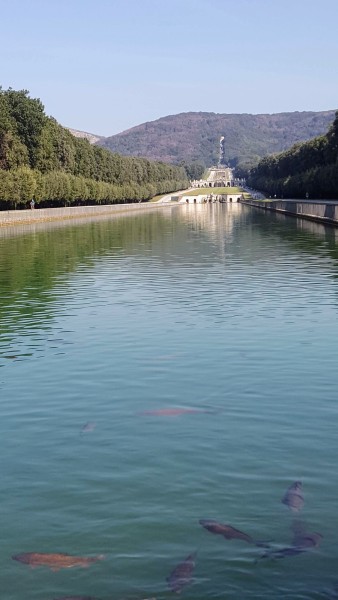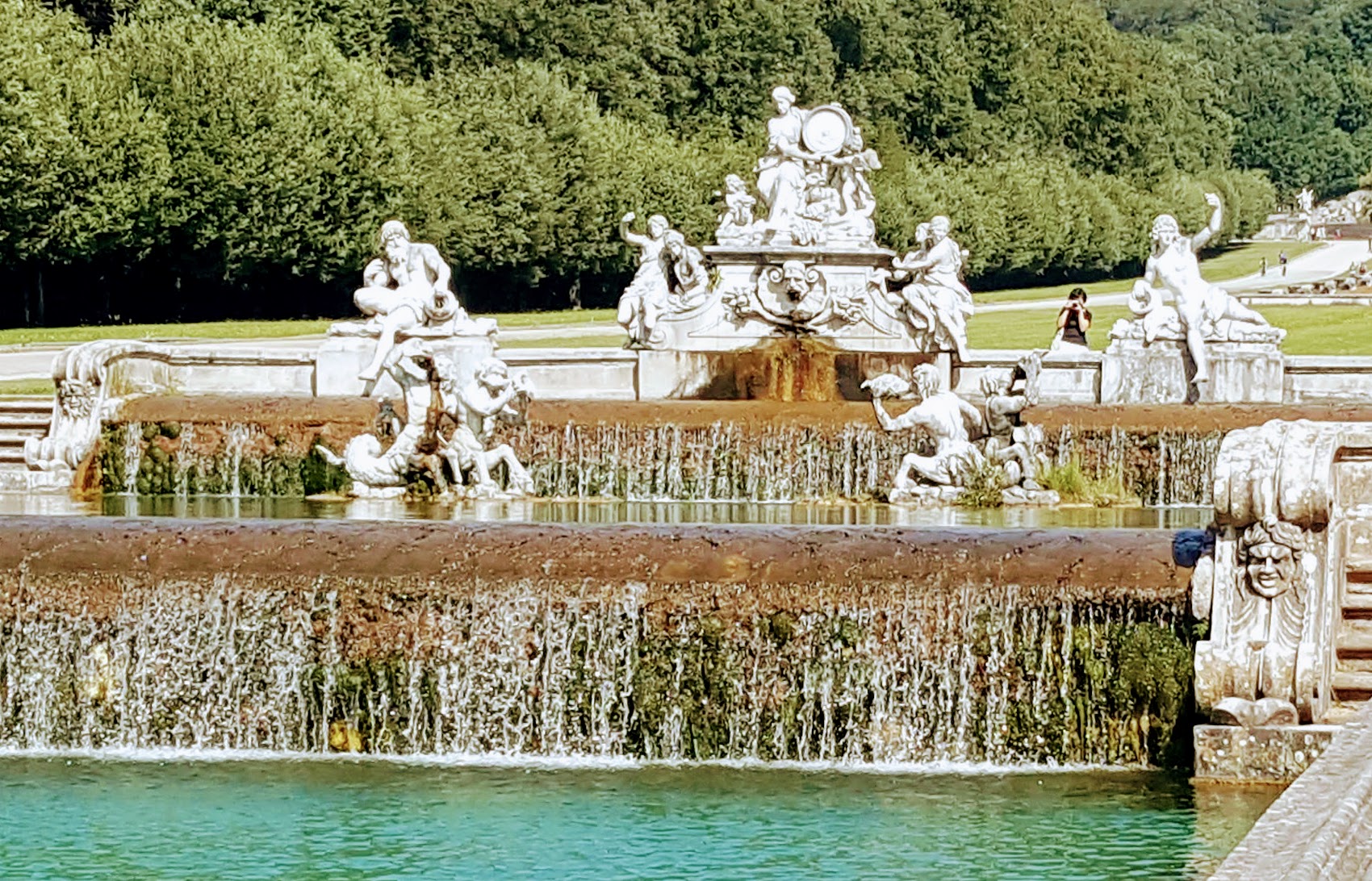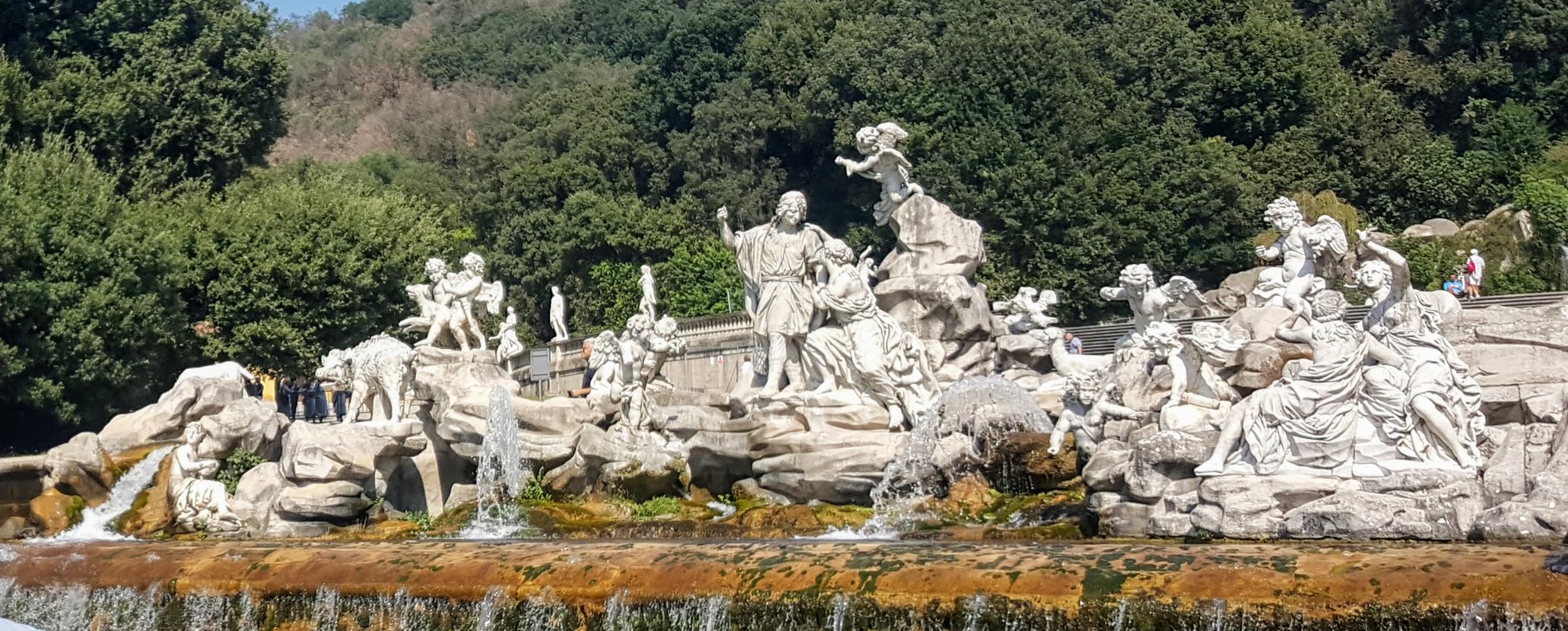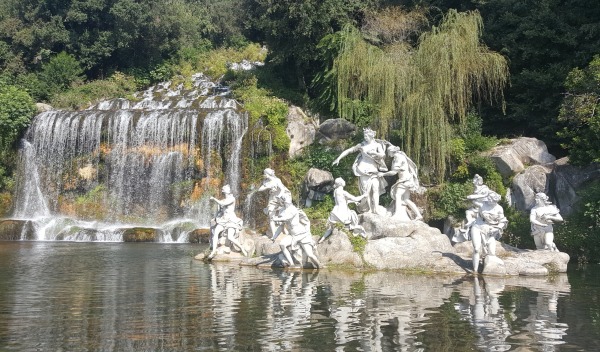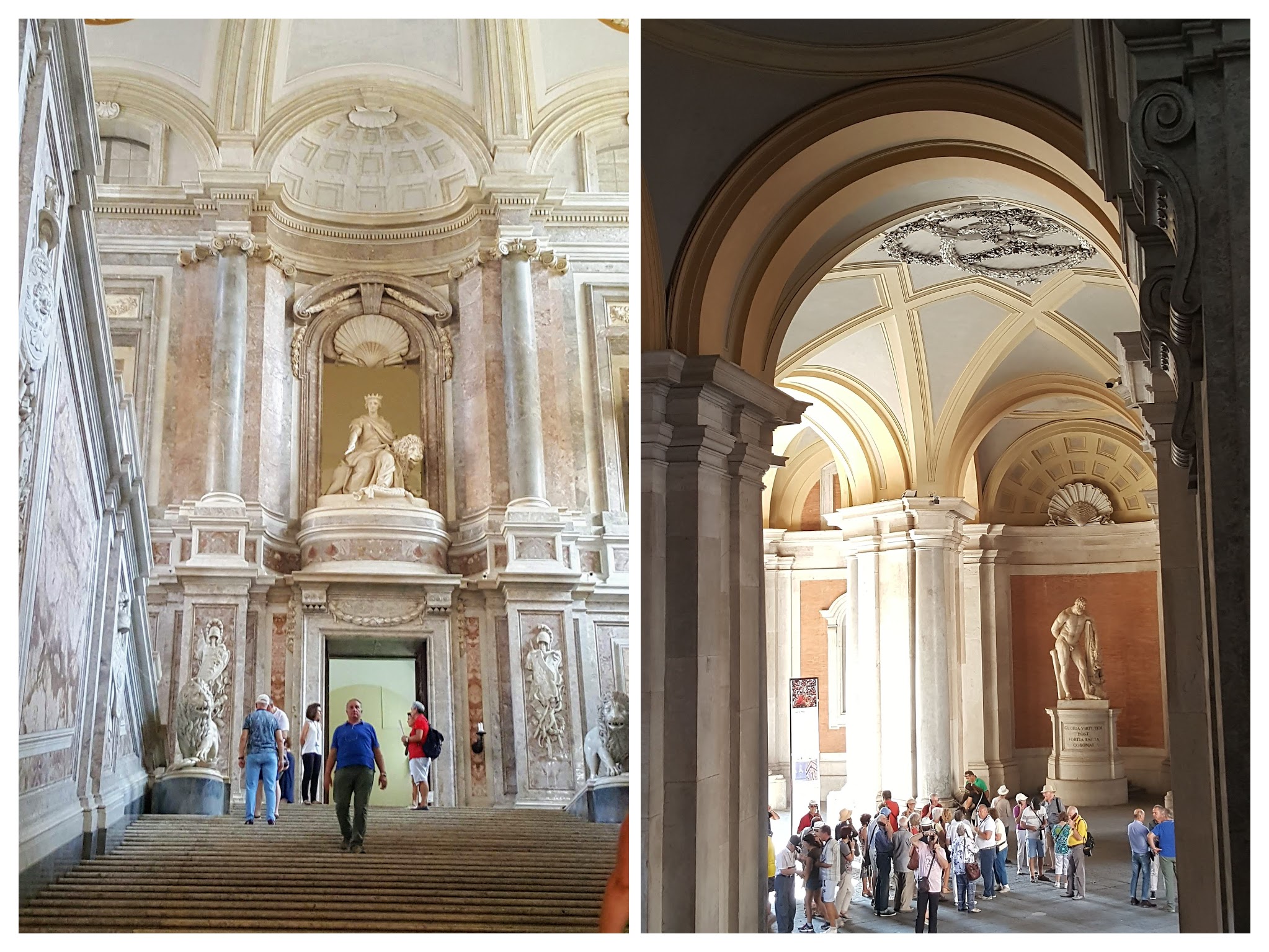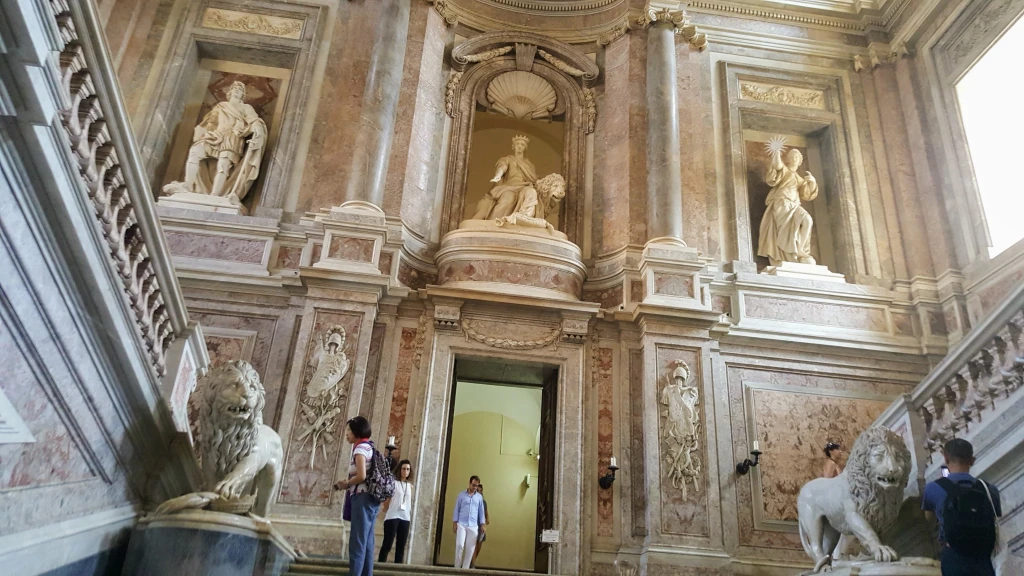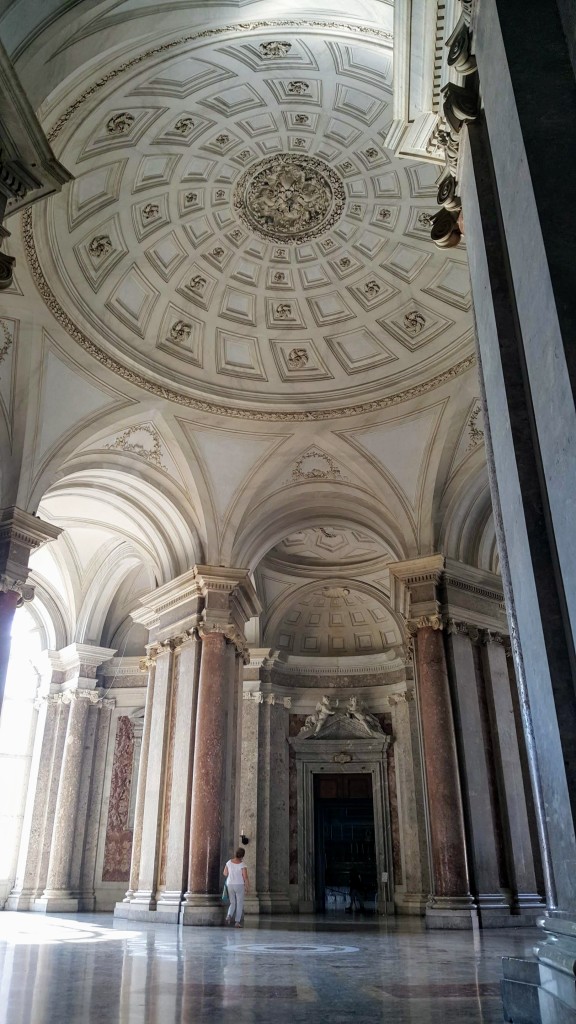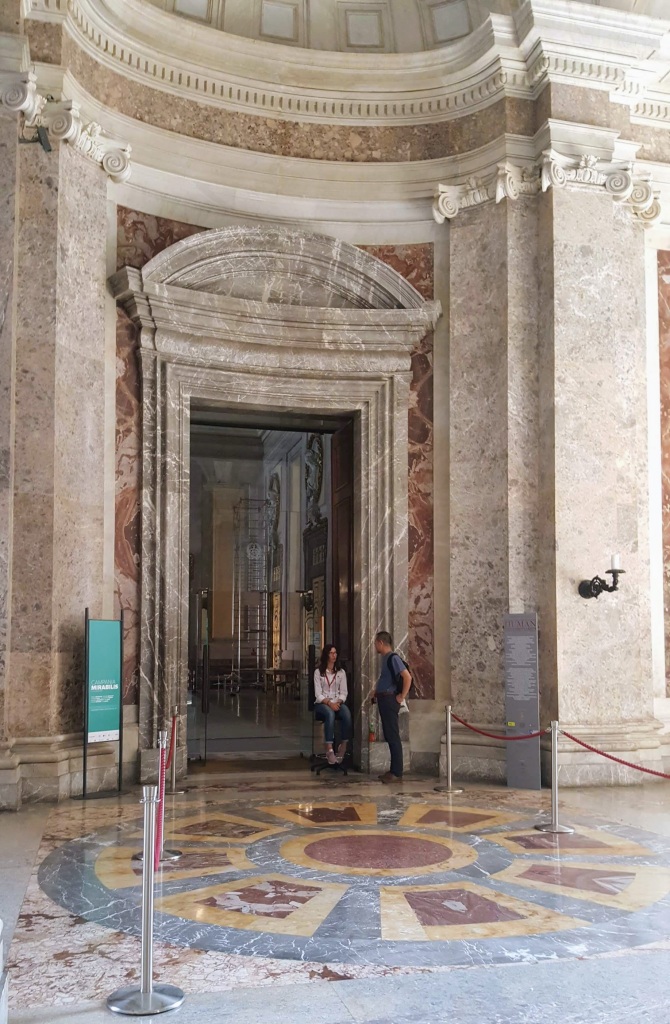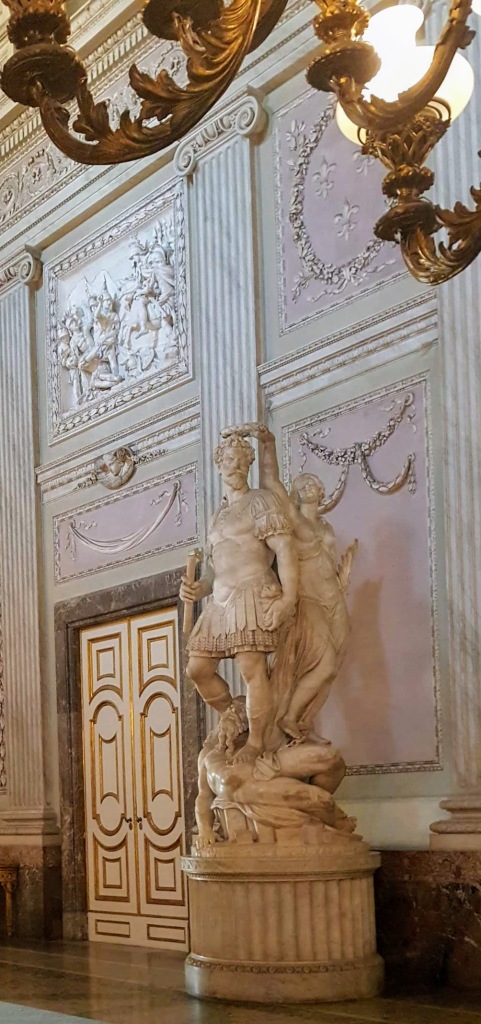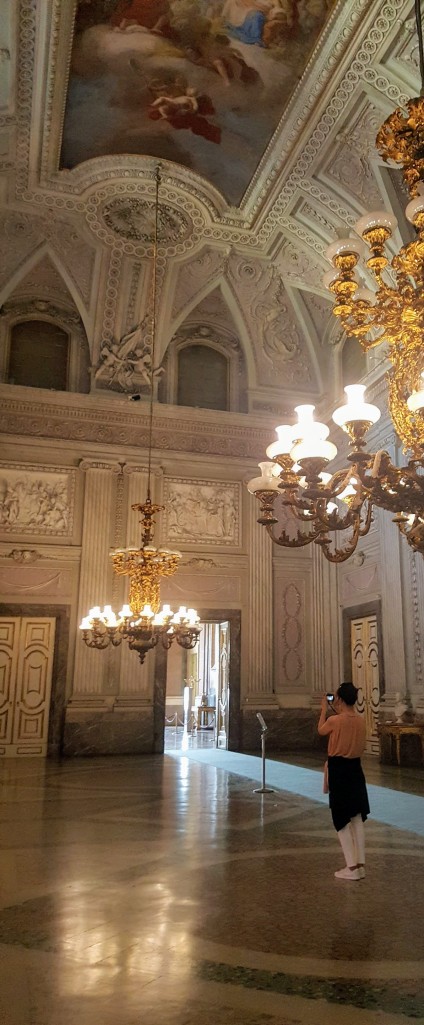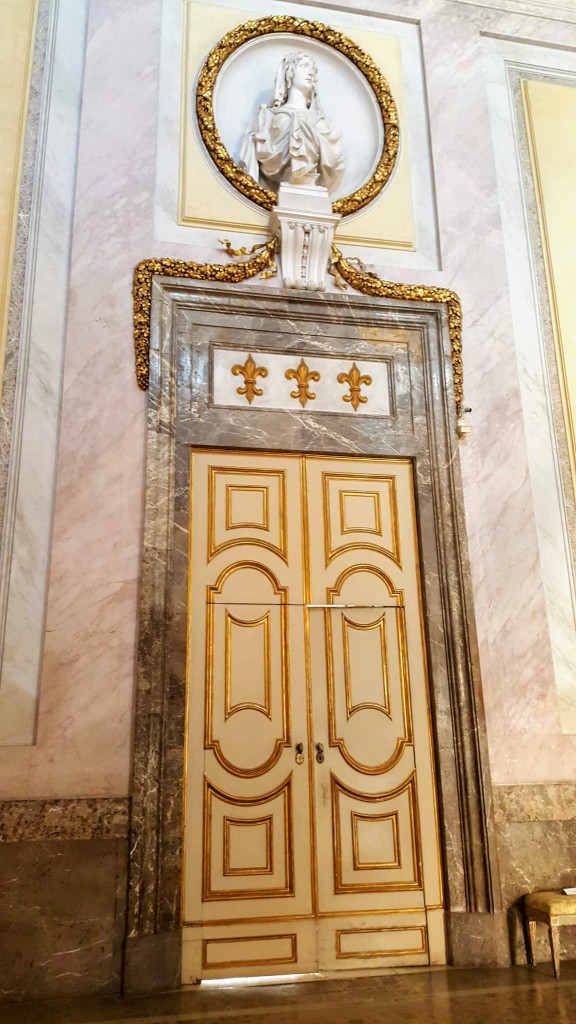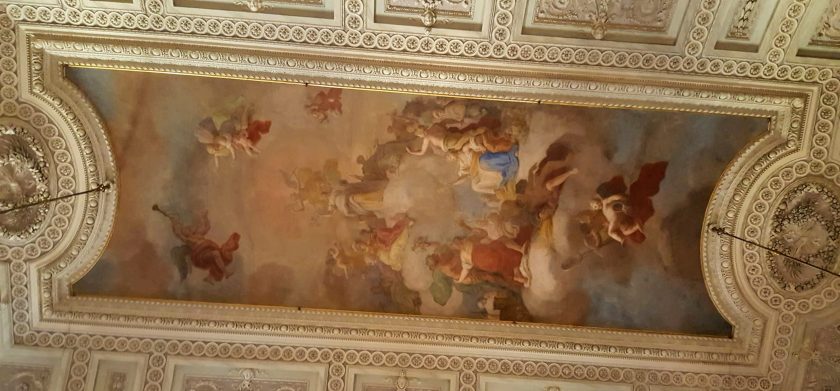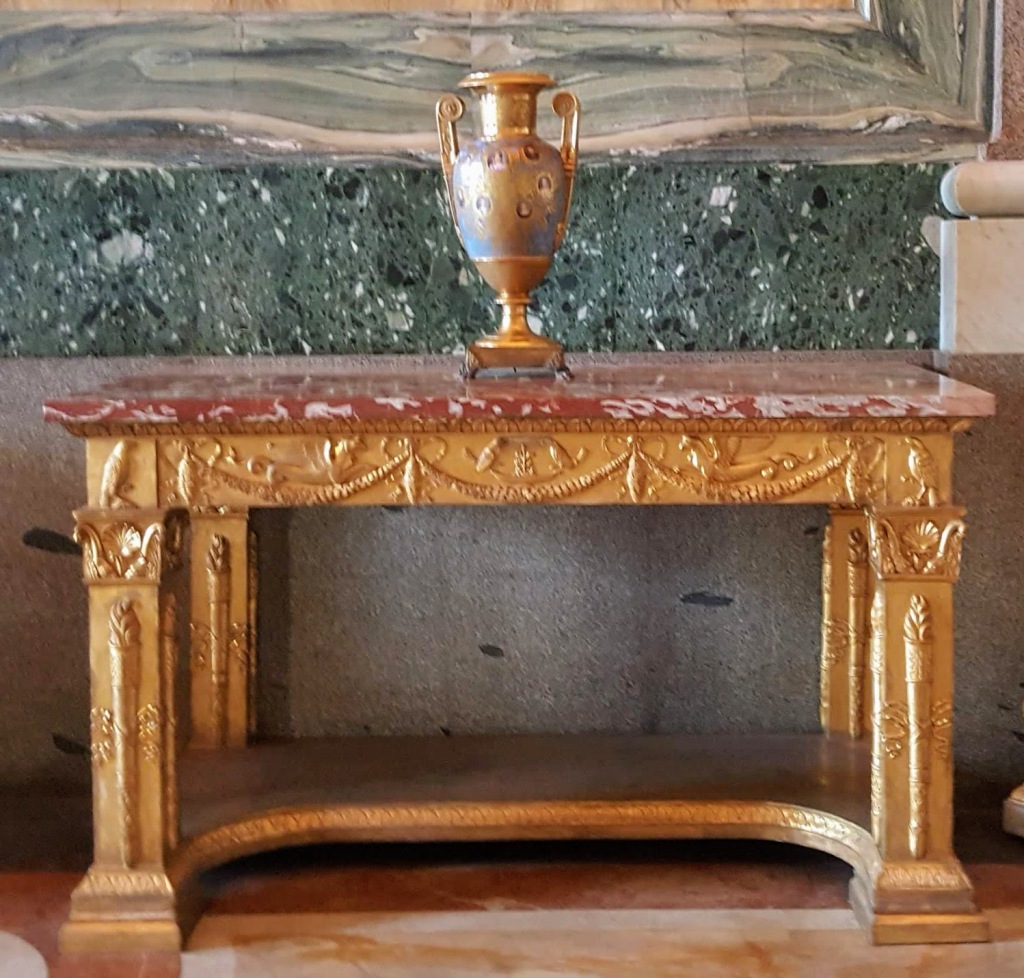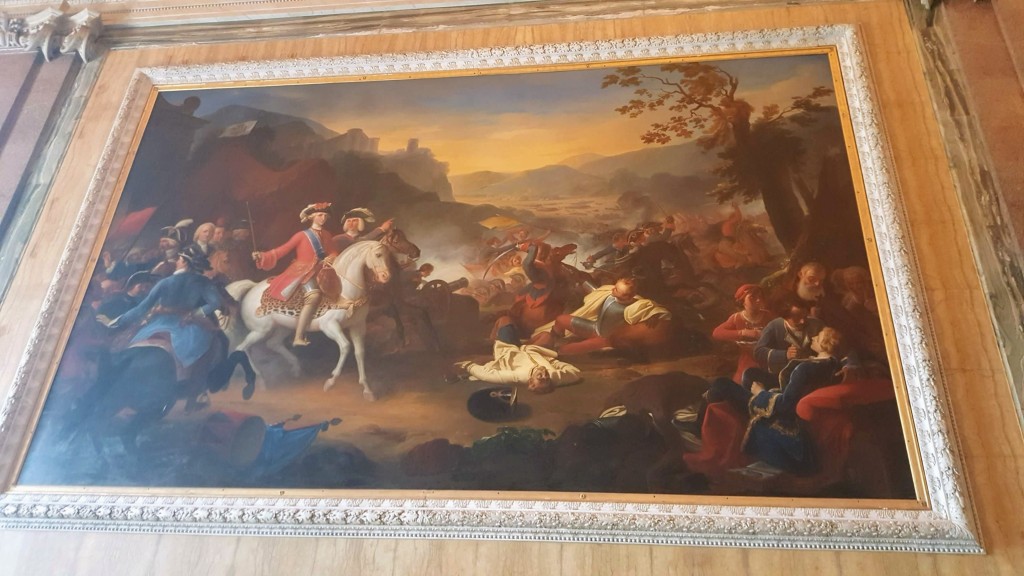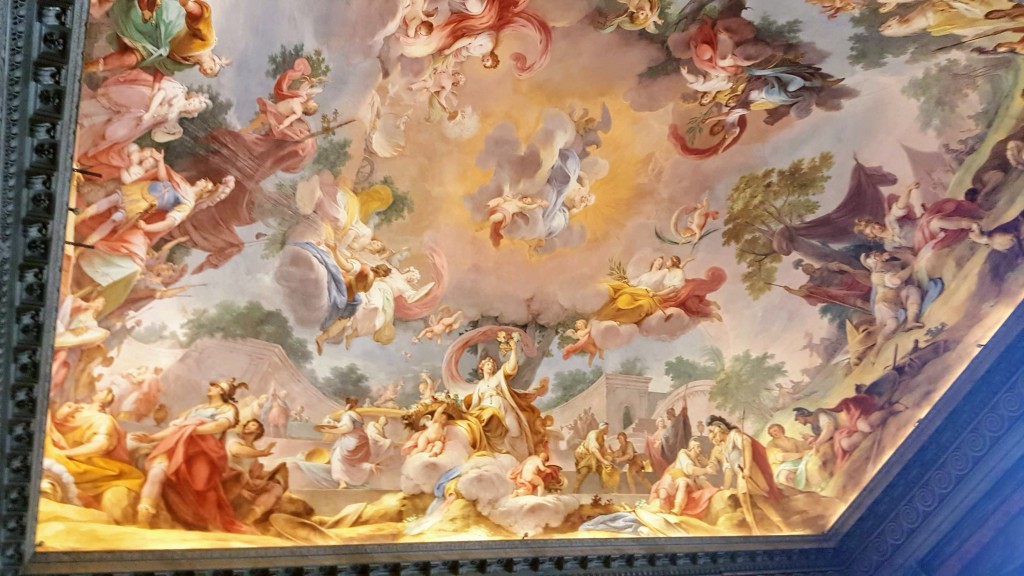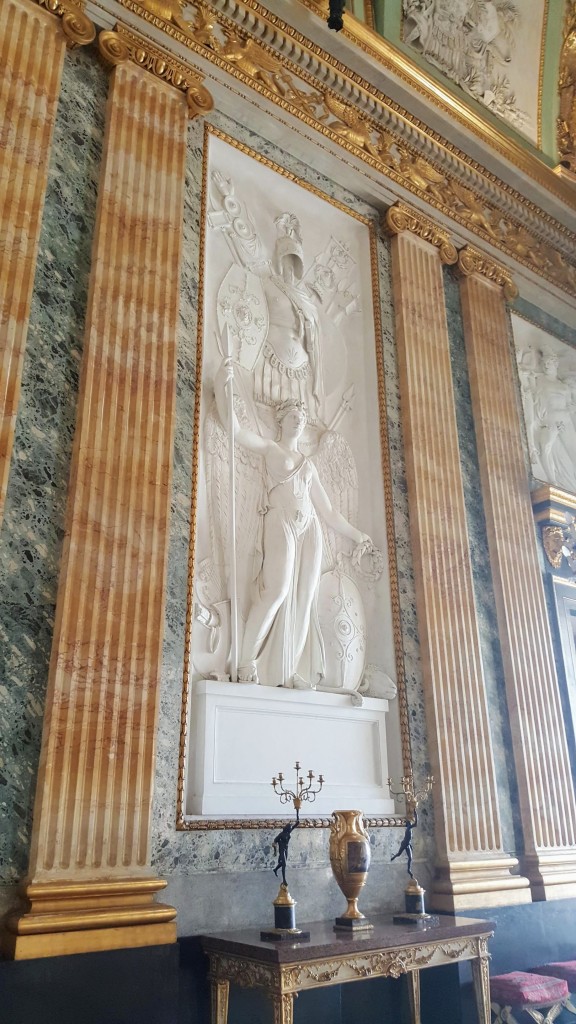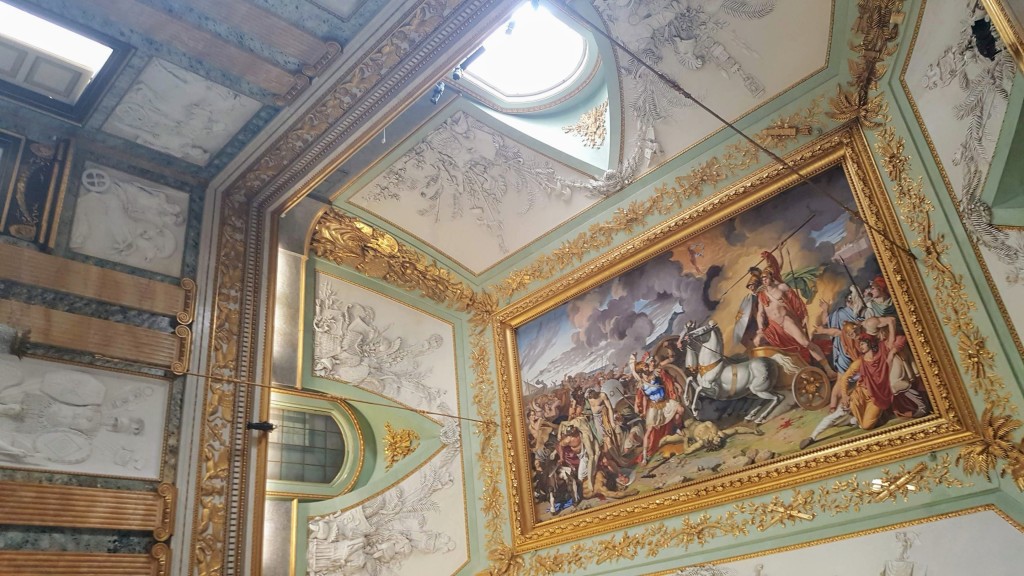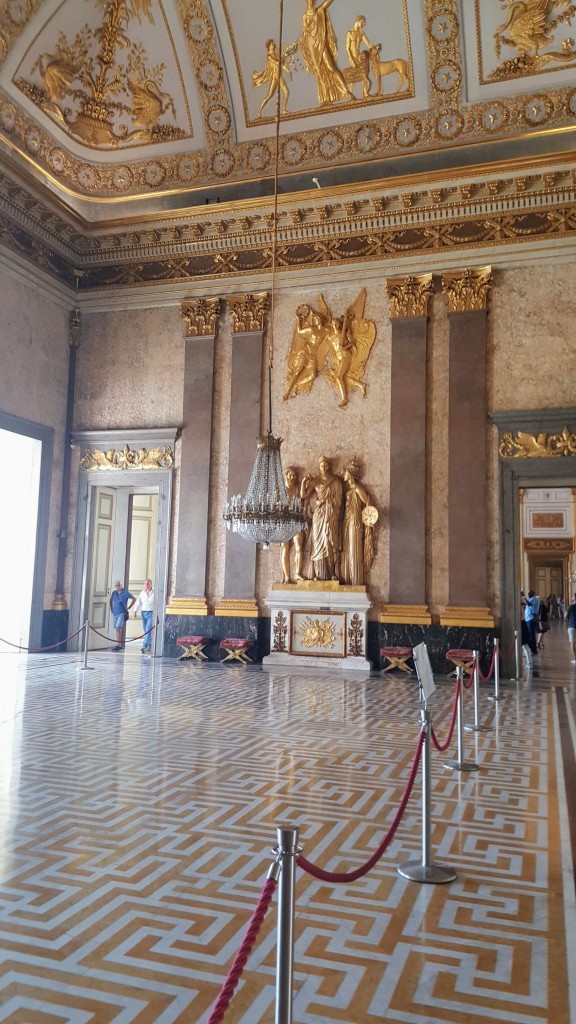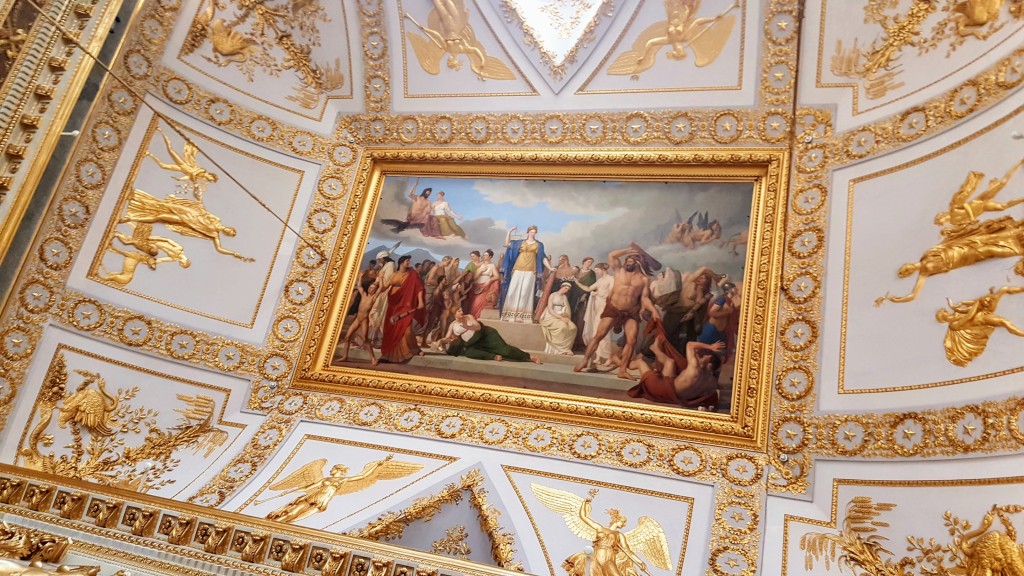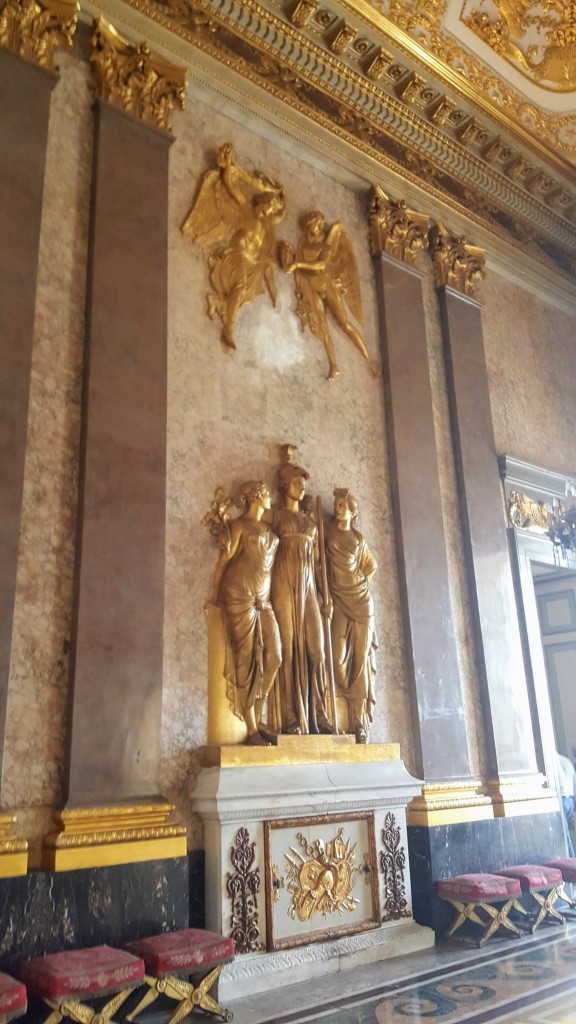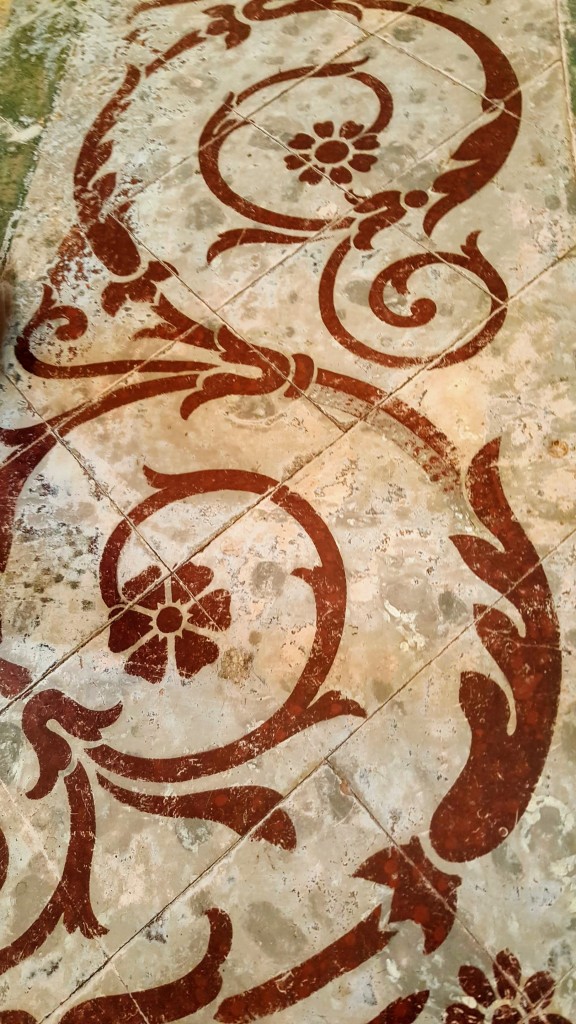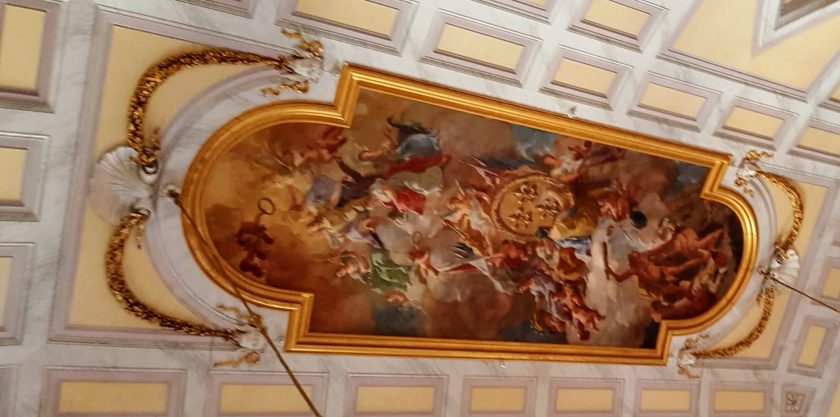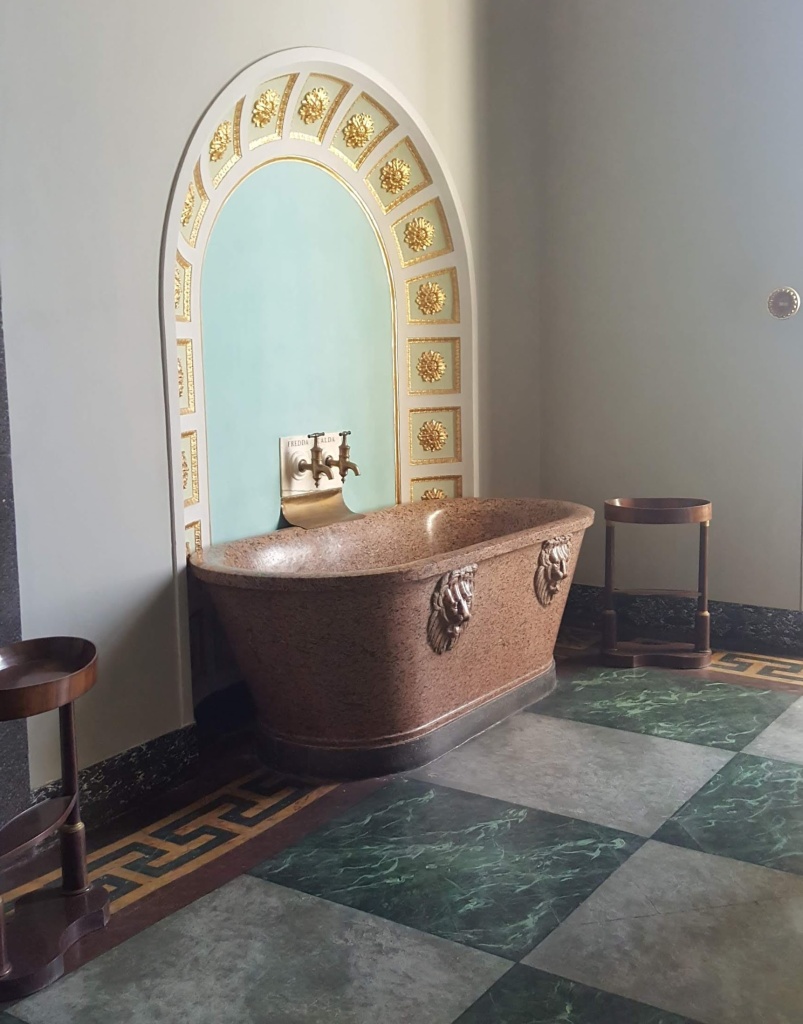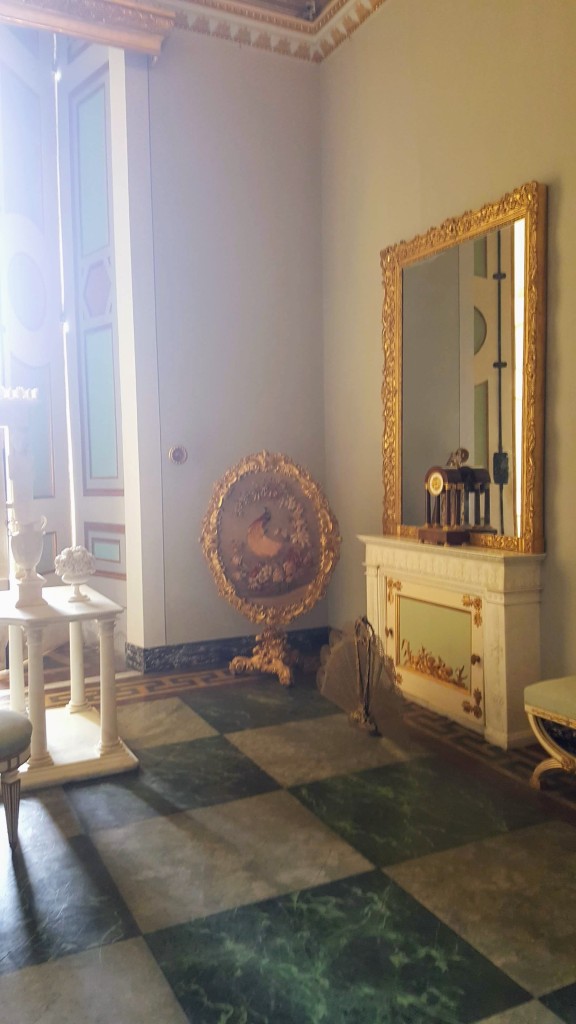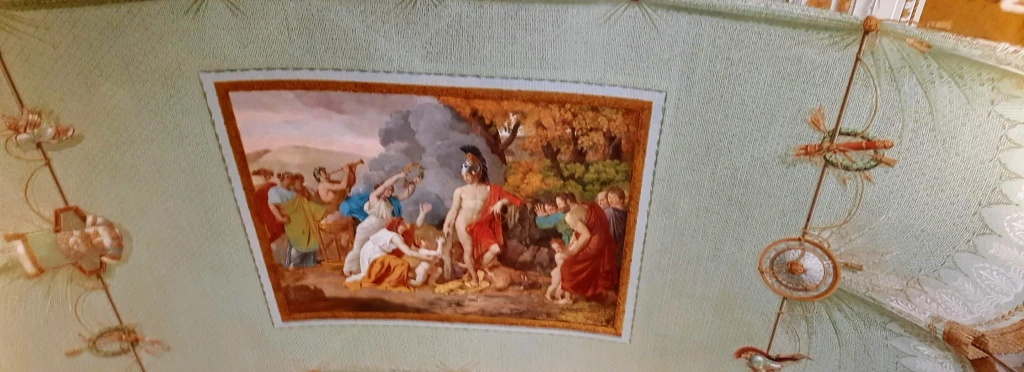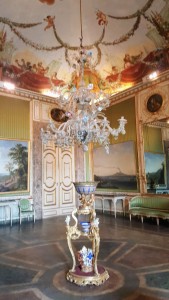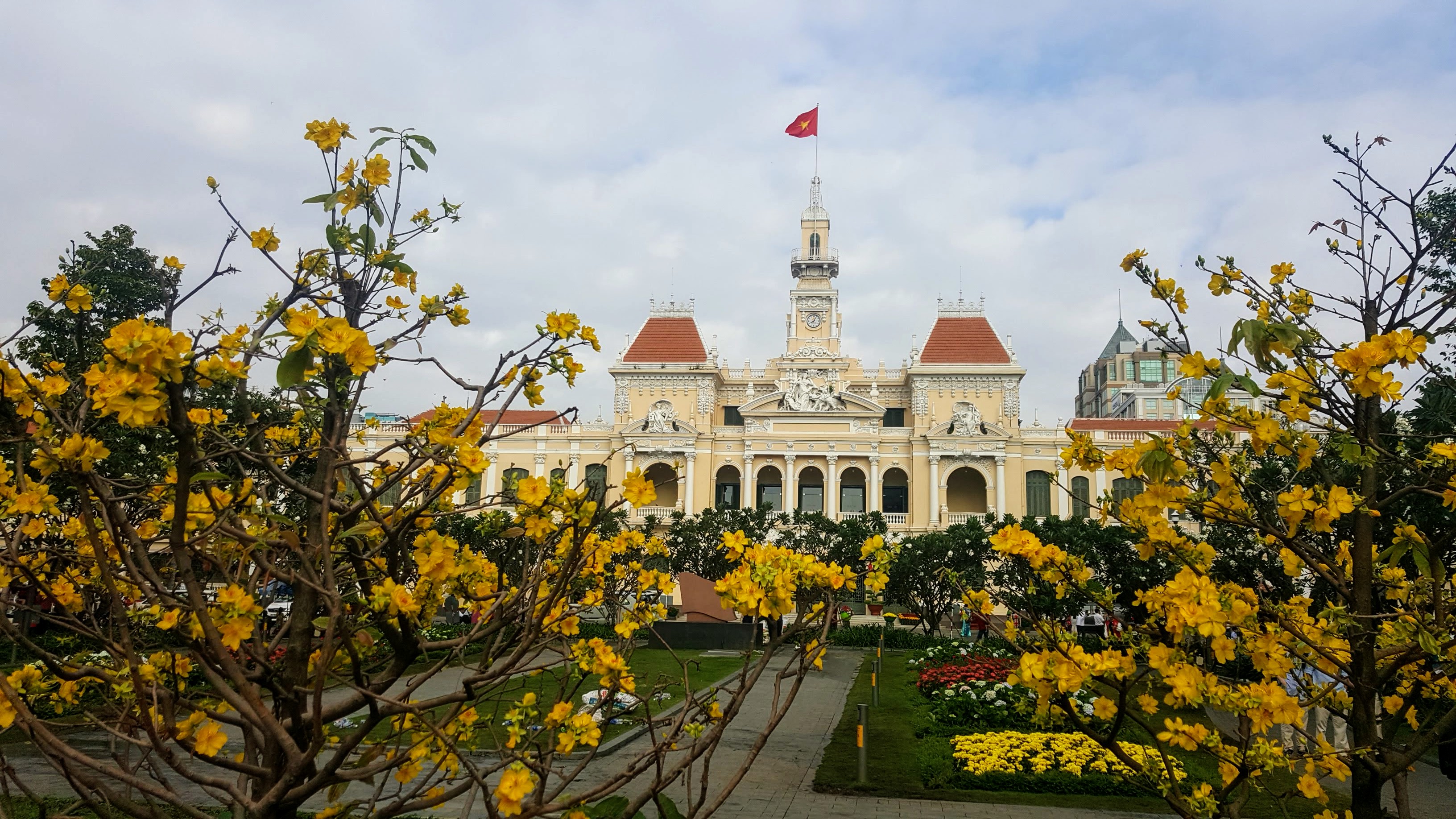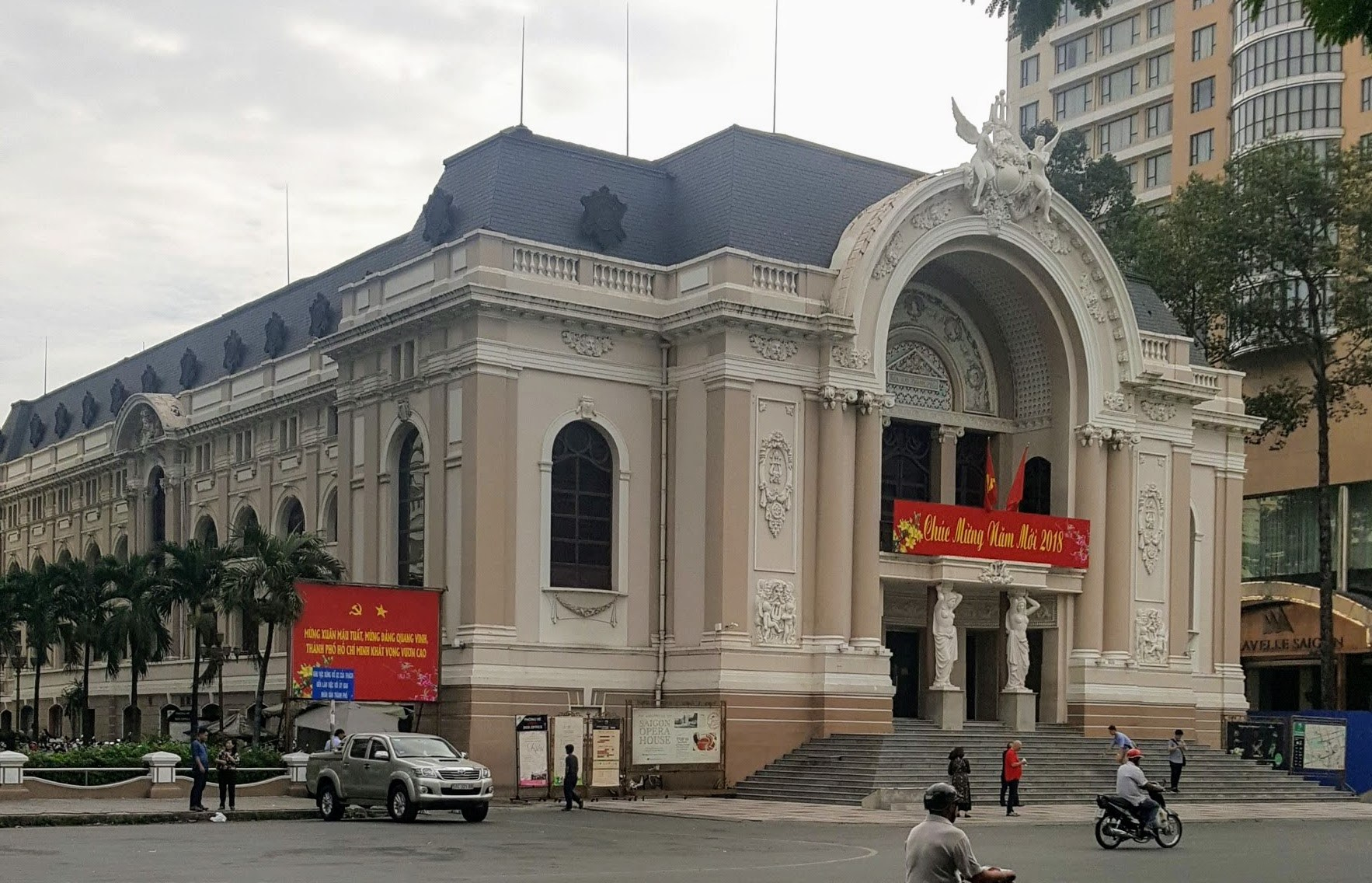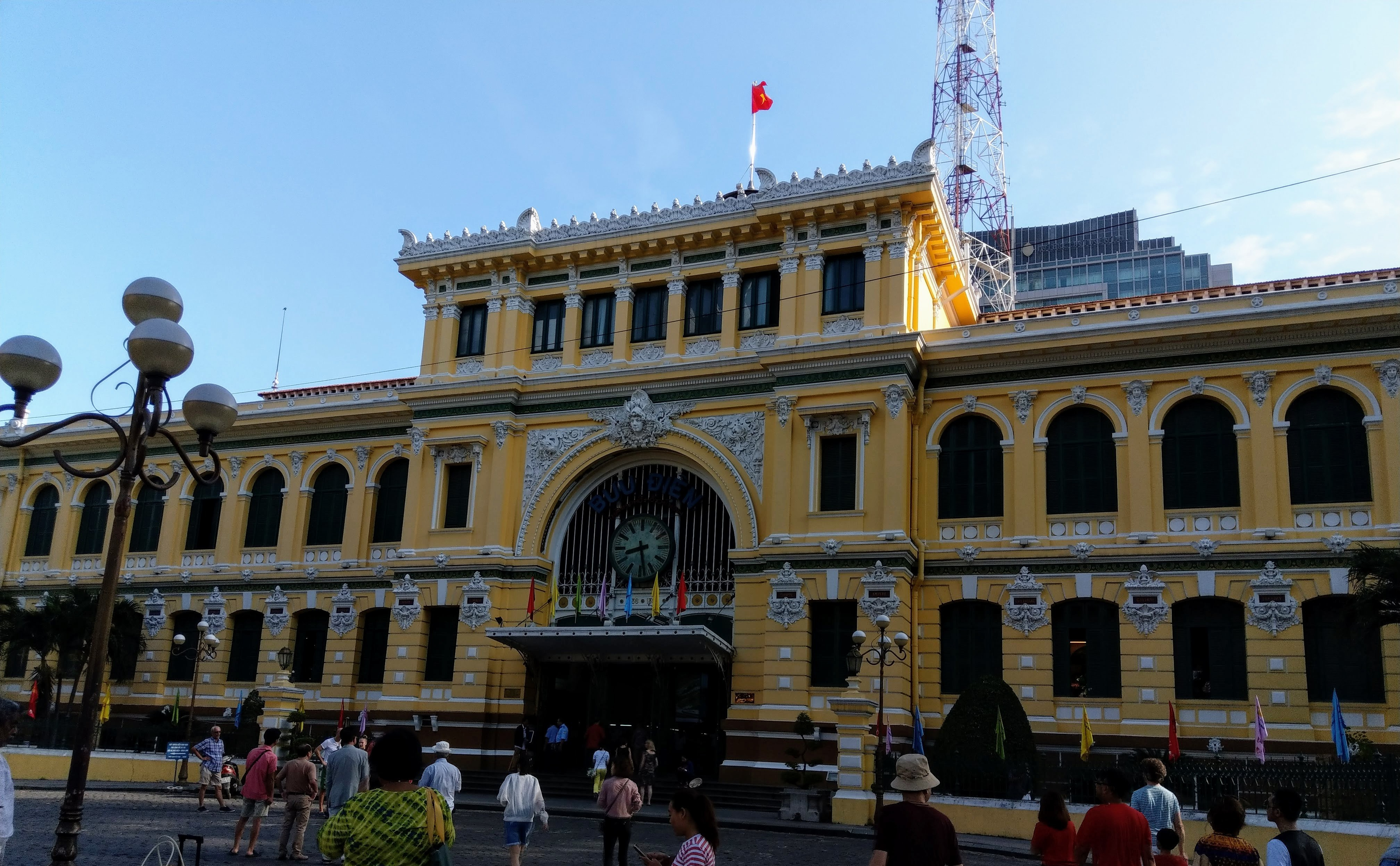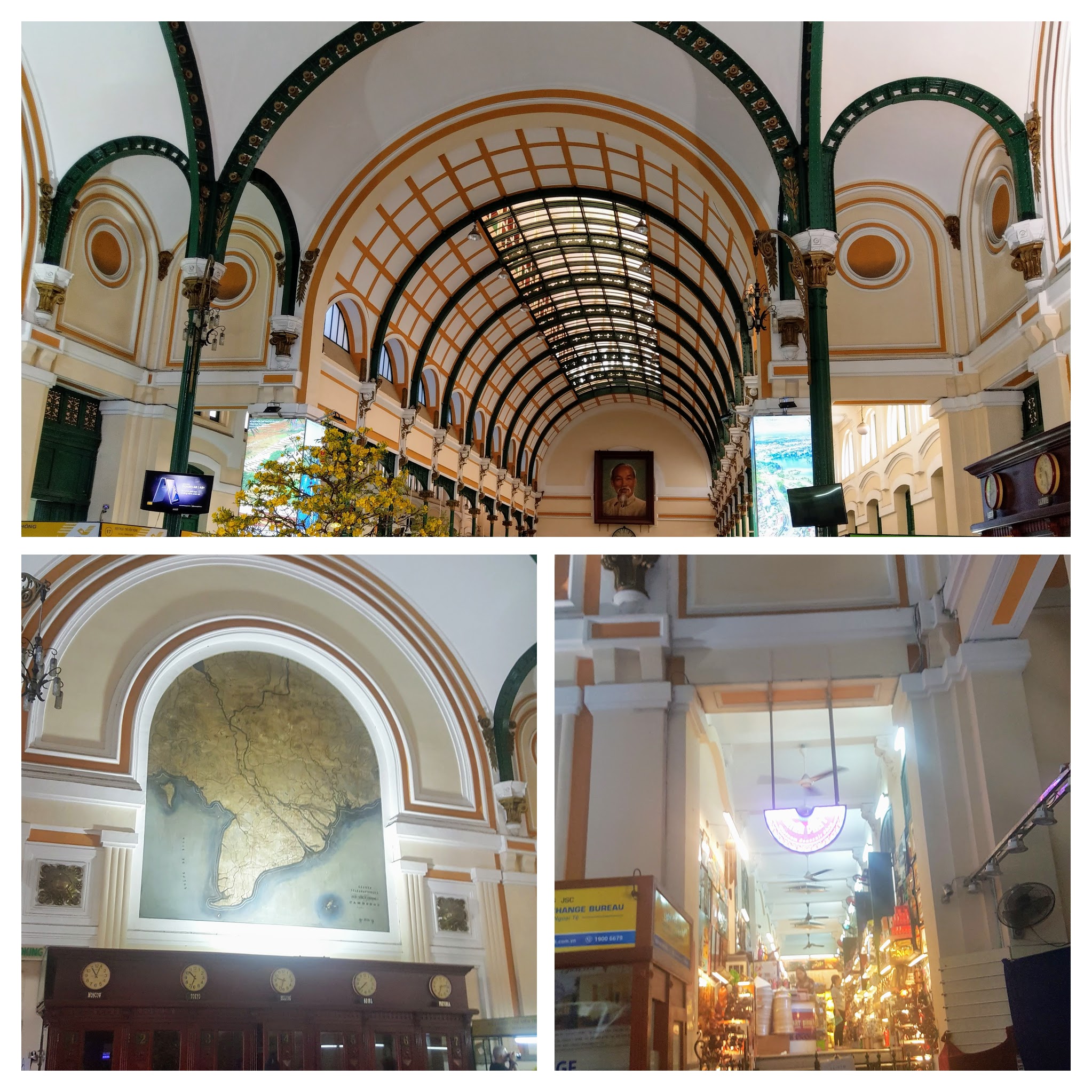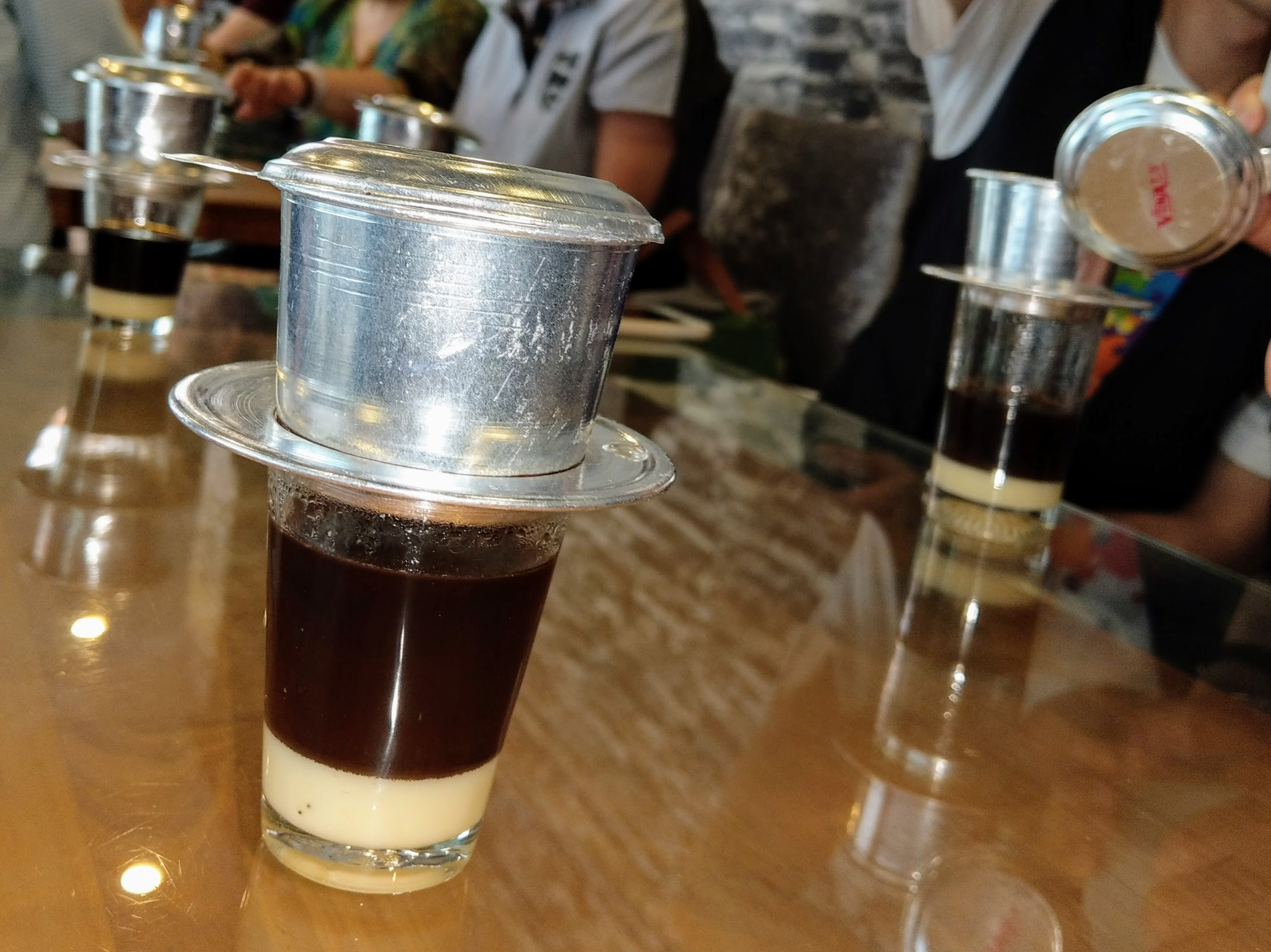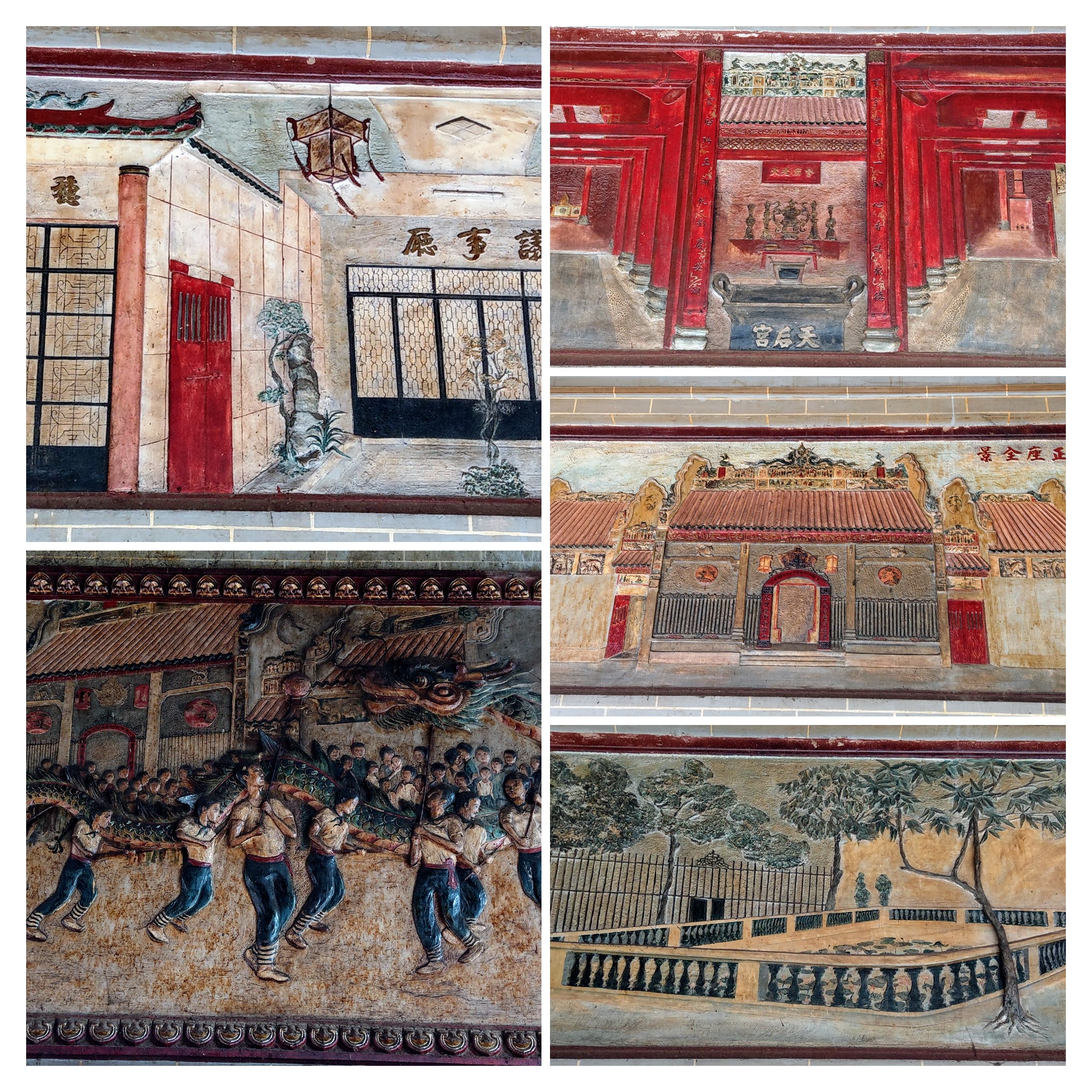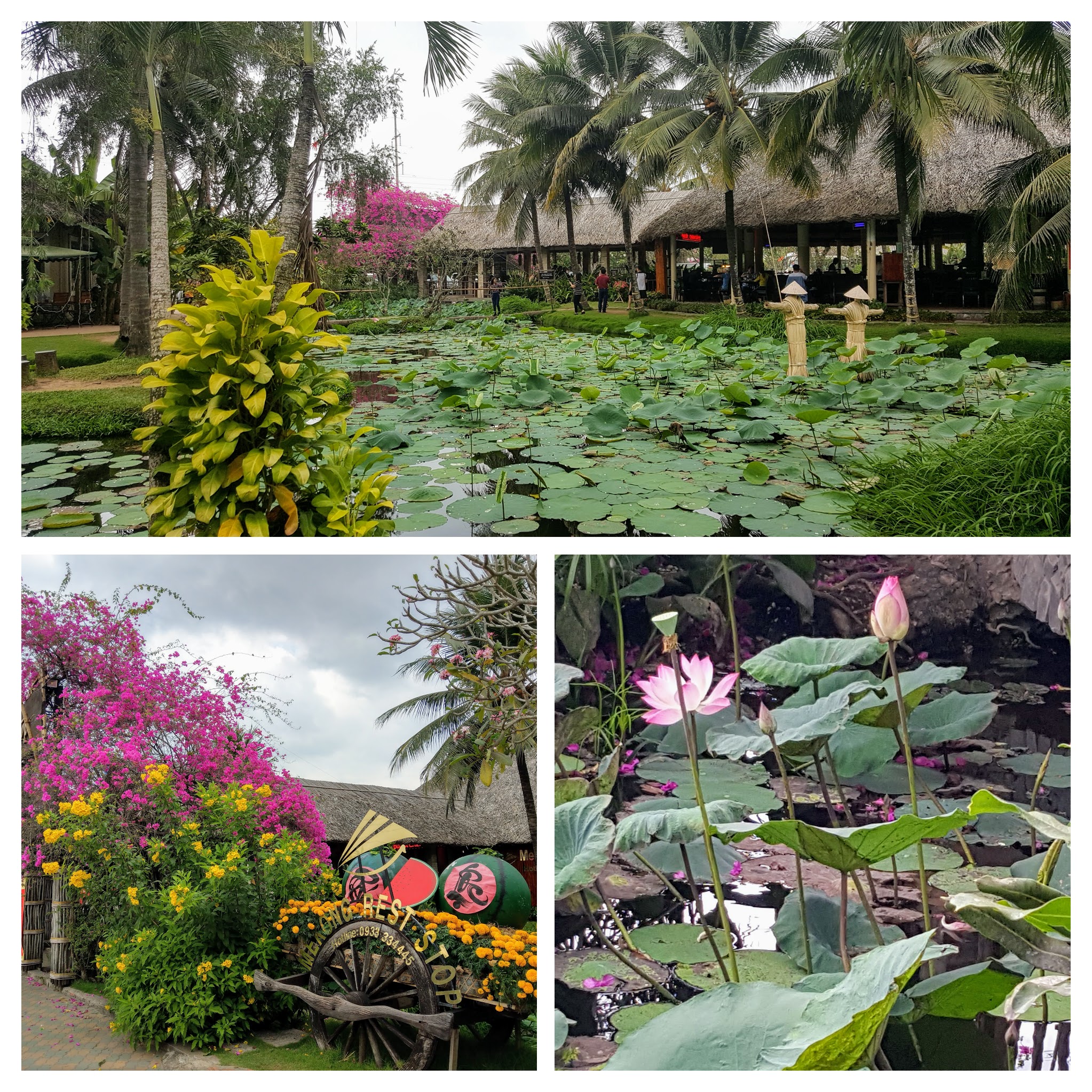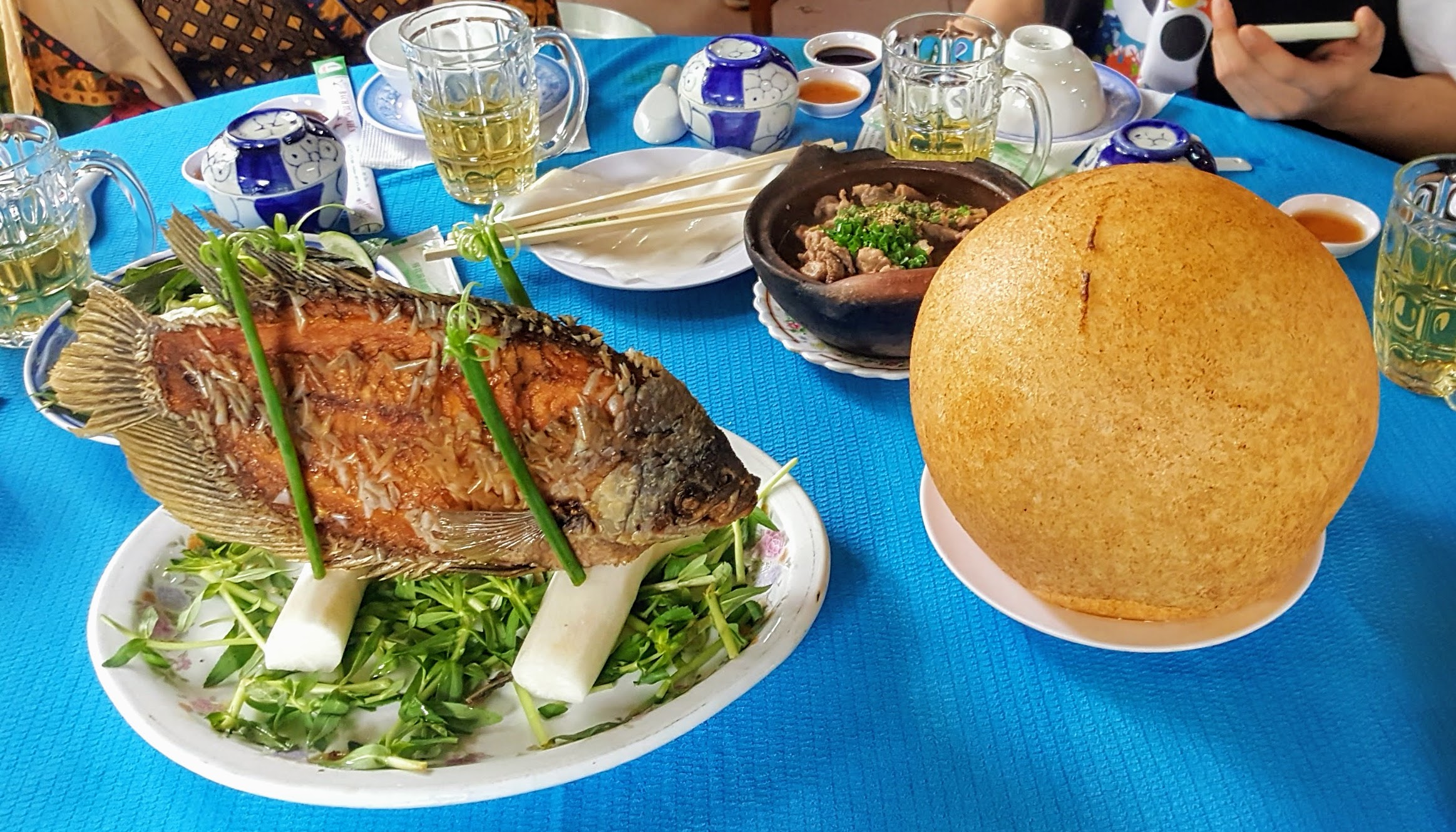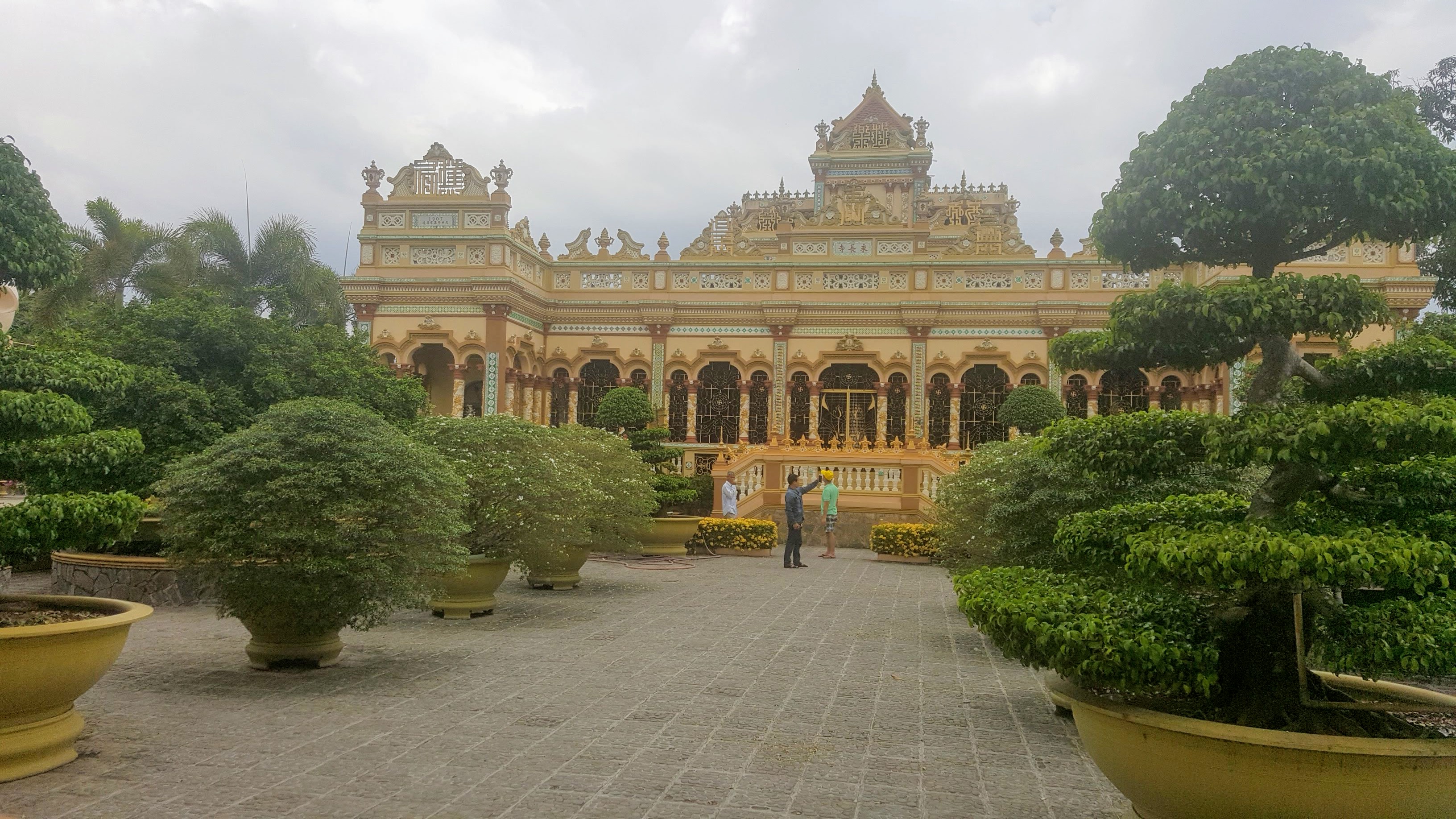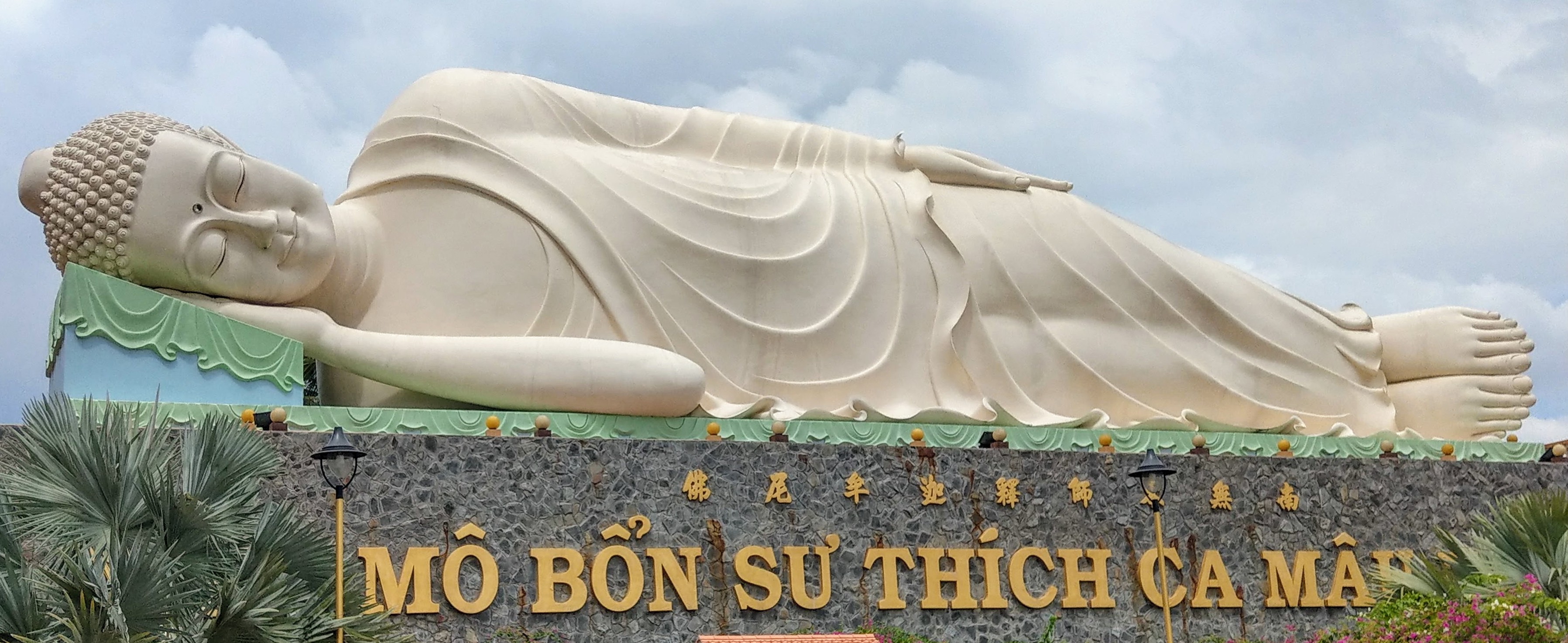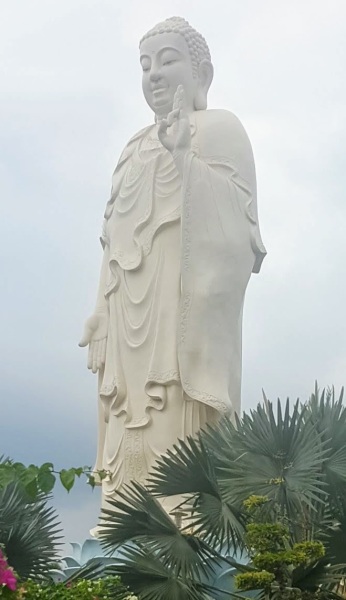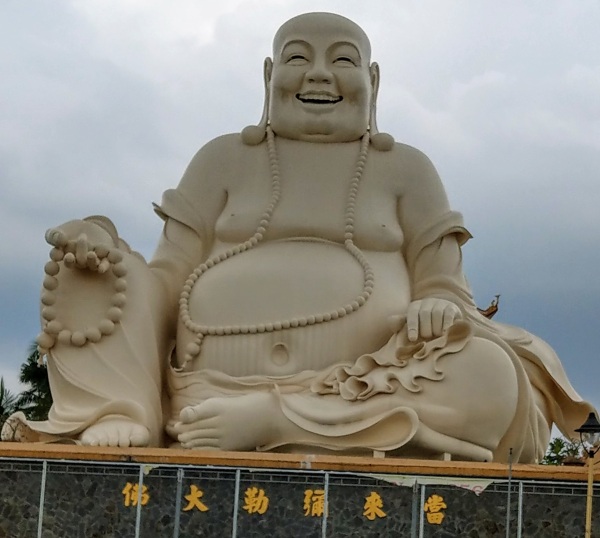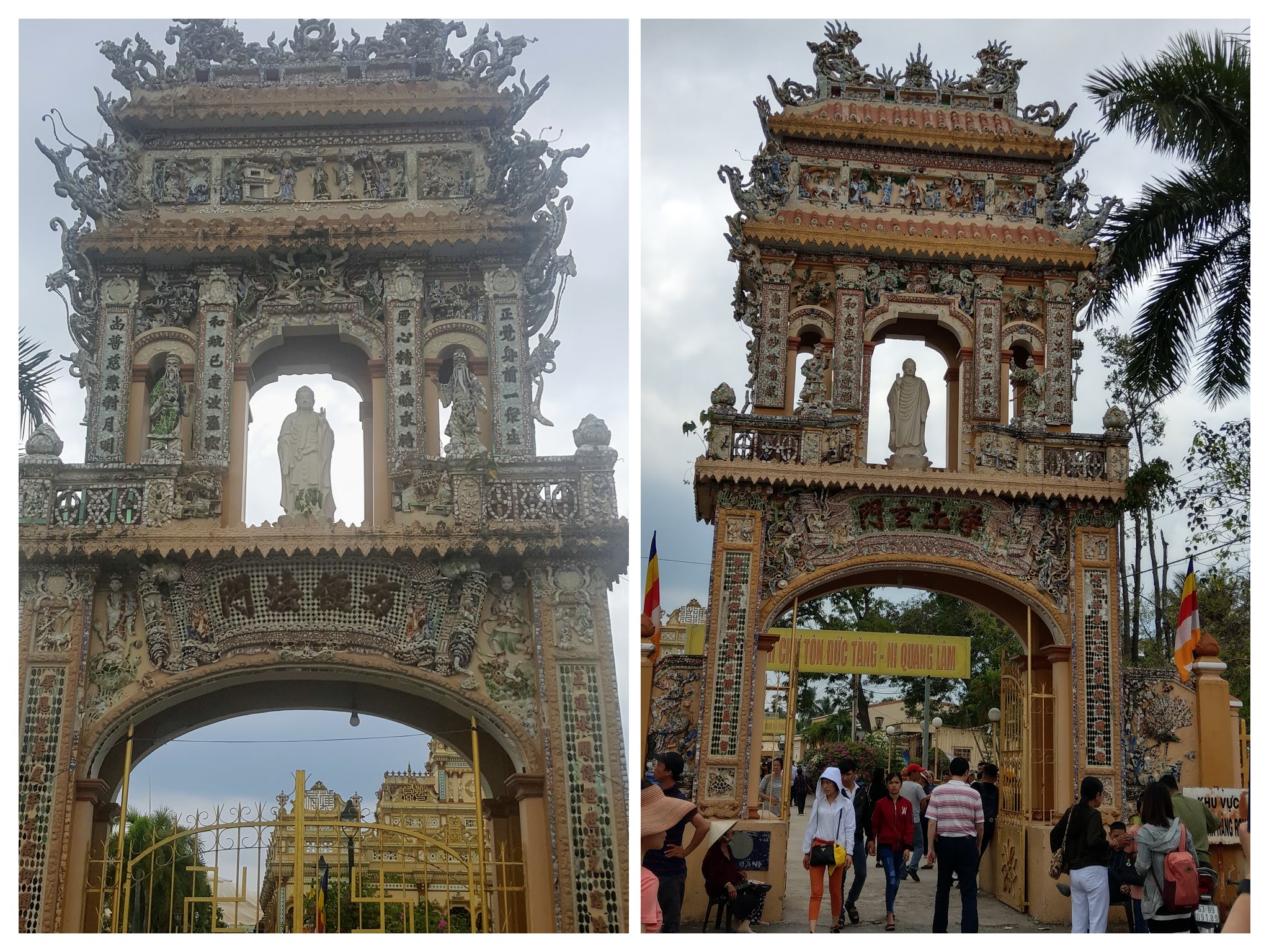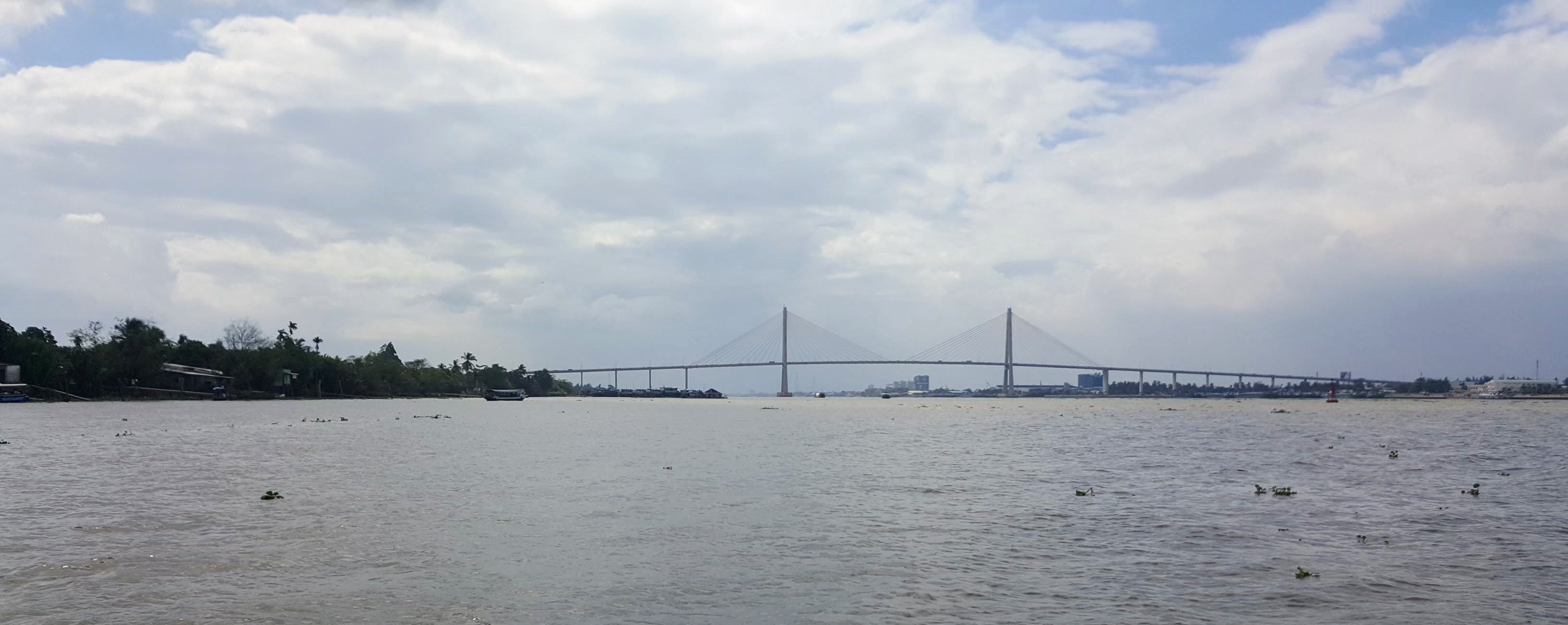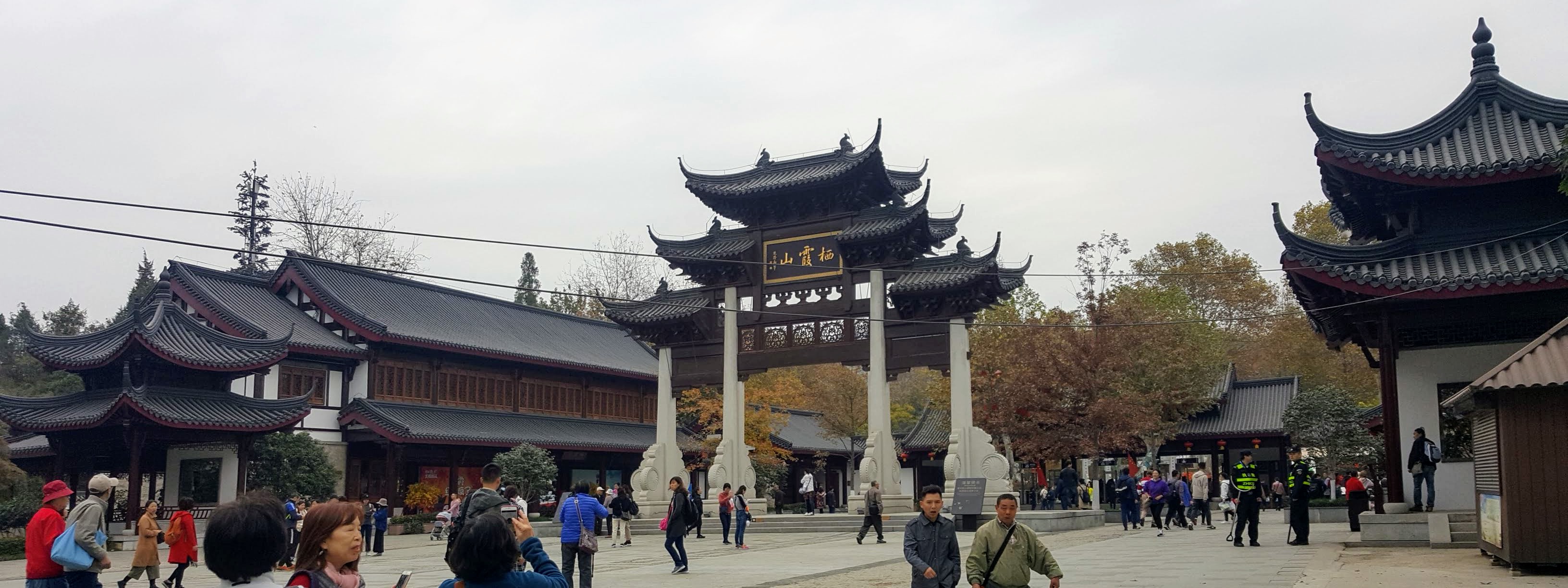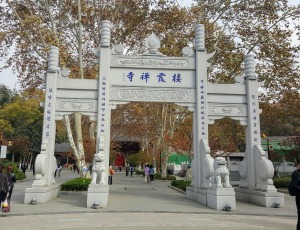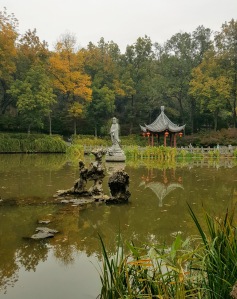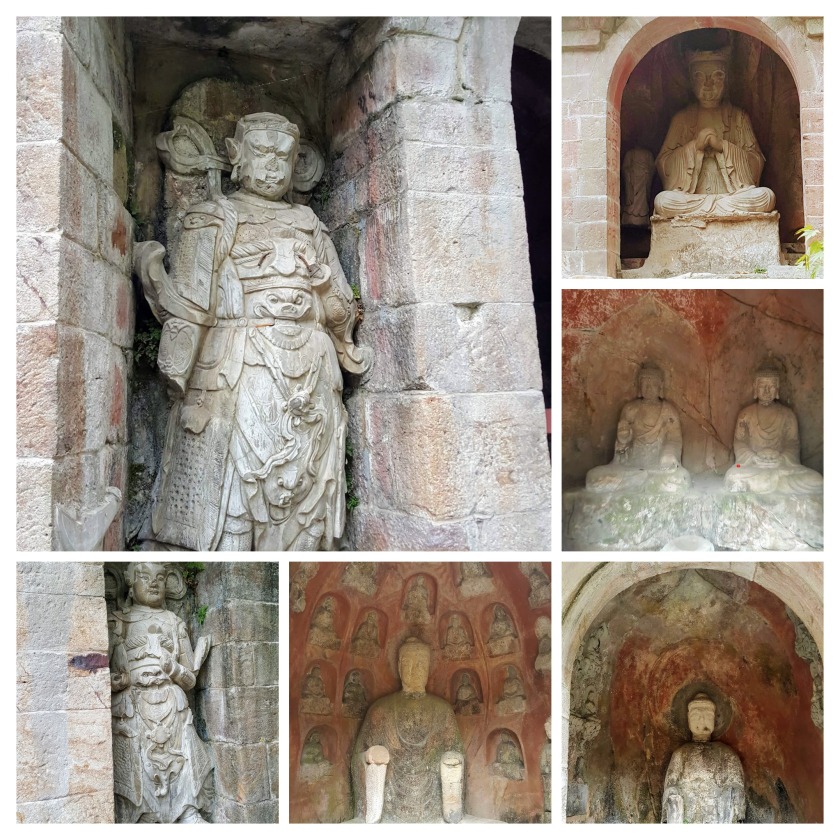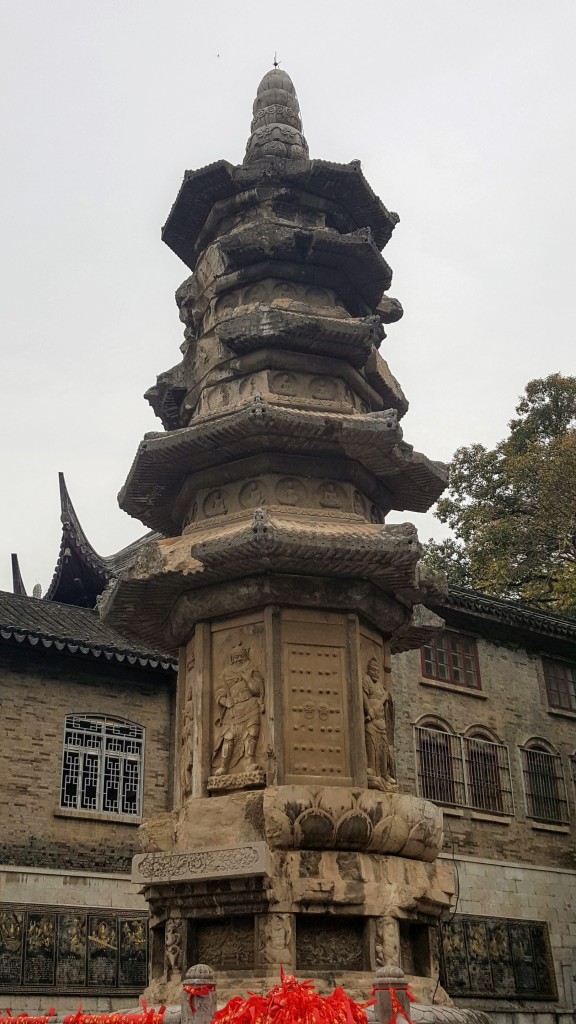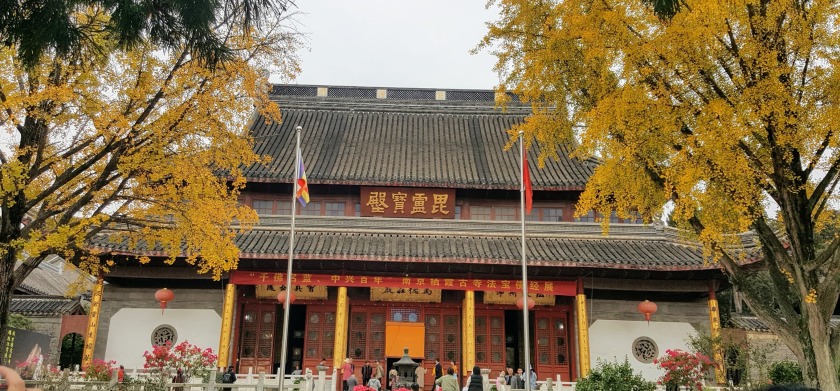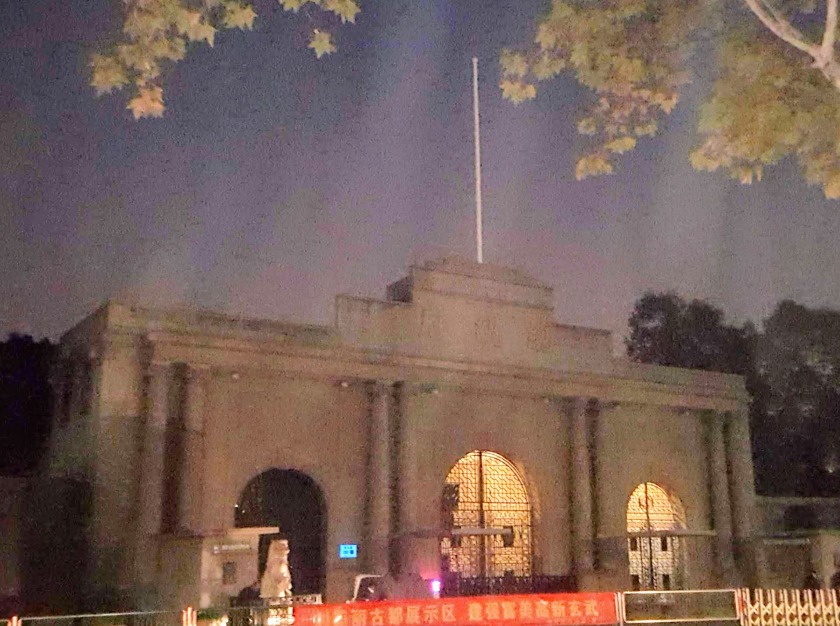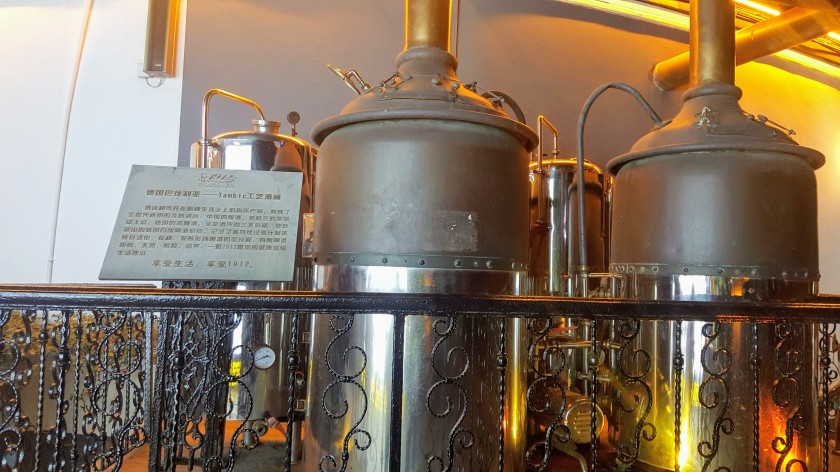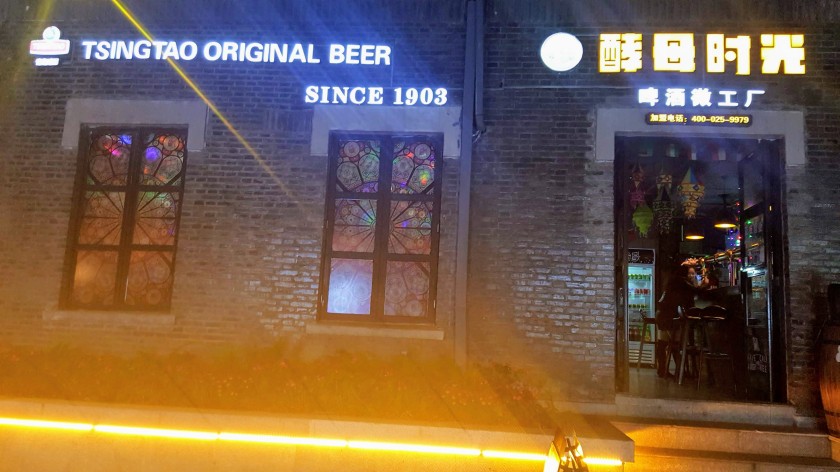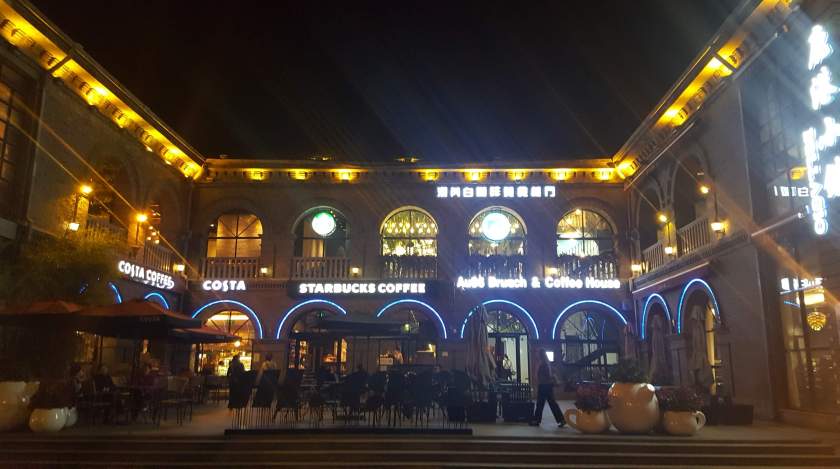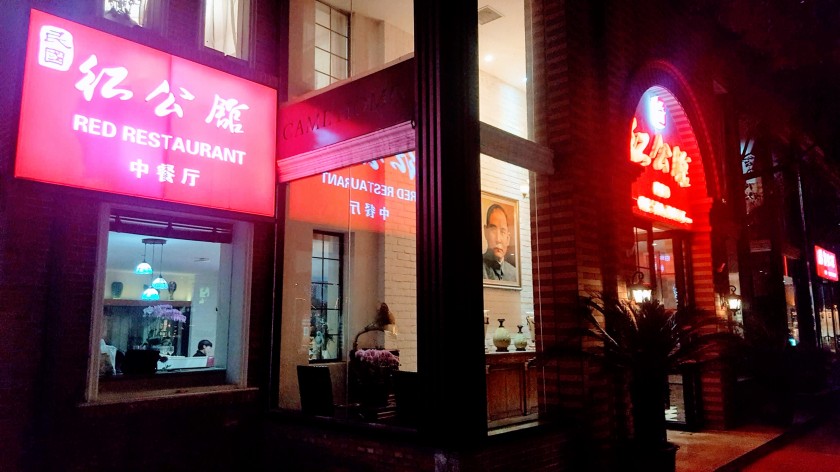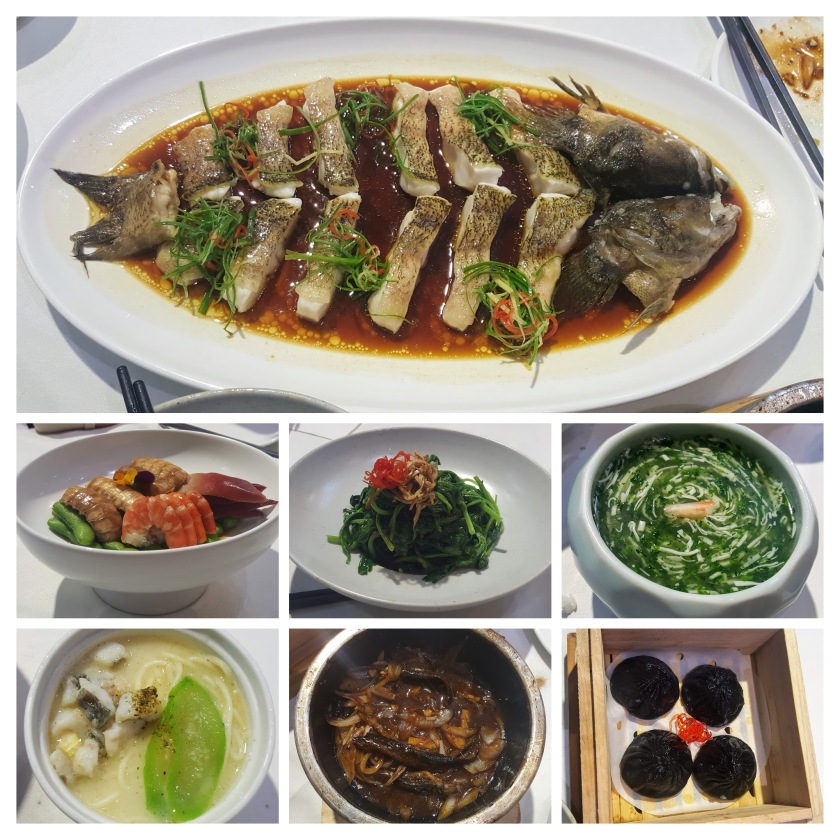Naples is the most populated city in southern Italy on the Bay of Naples. The first established settlement was by the Greeks in the second millennium BC. Became a major cultural center for both the Greeks and the Romans. Its location on the coast of the Bay of Naples made it a strategic and important trading center in Europe. Due to its continual habitation center, one could find many cultural and artistic samples of the different periods of development in Europe.

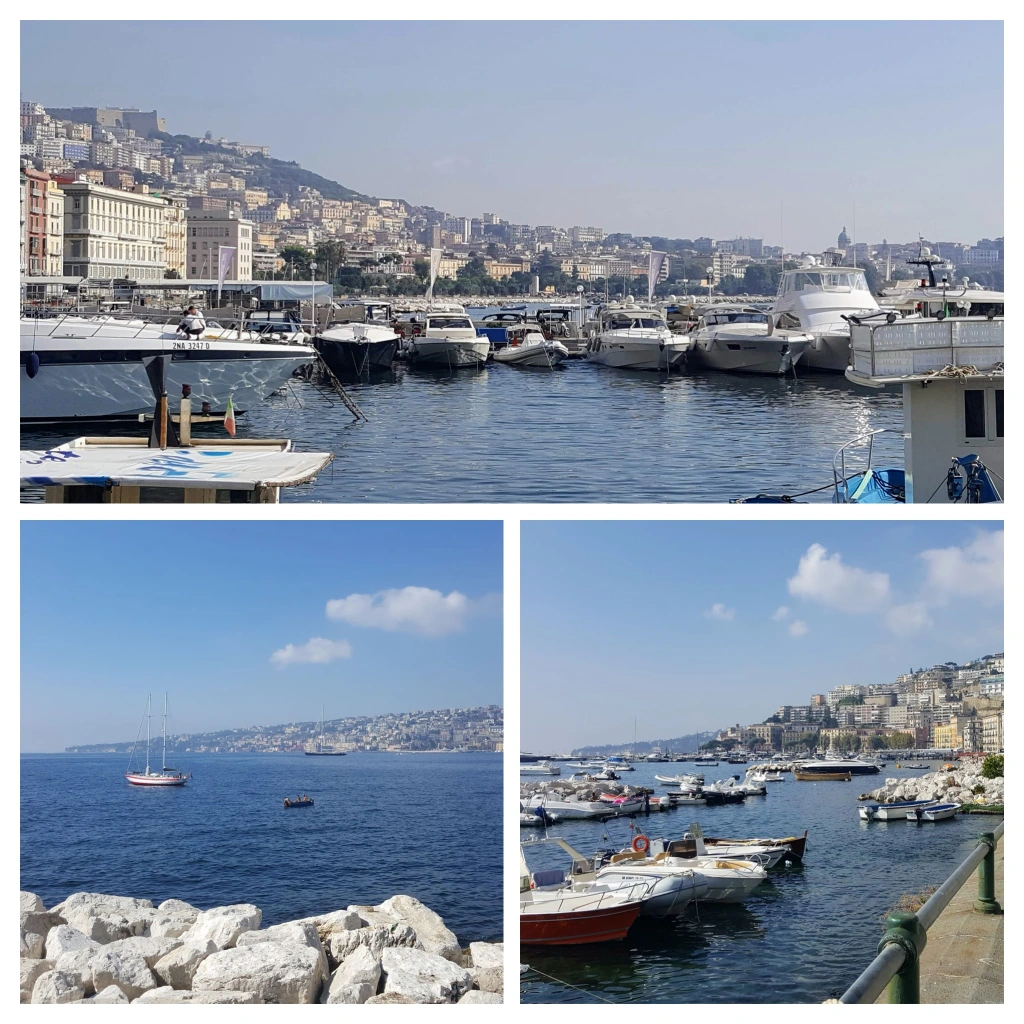
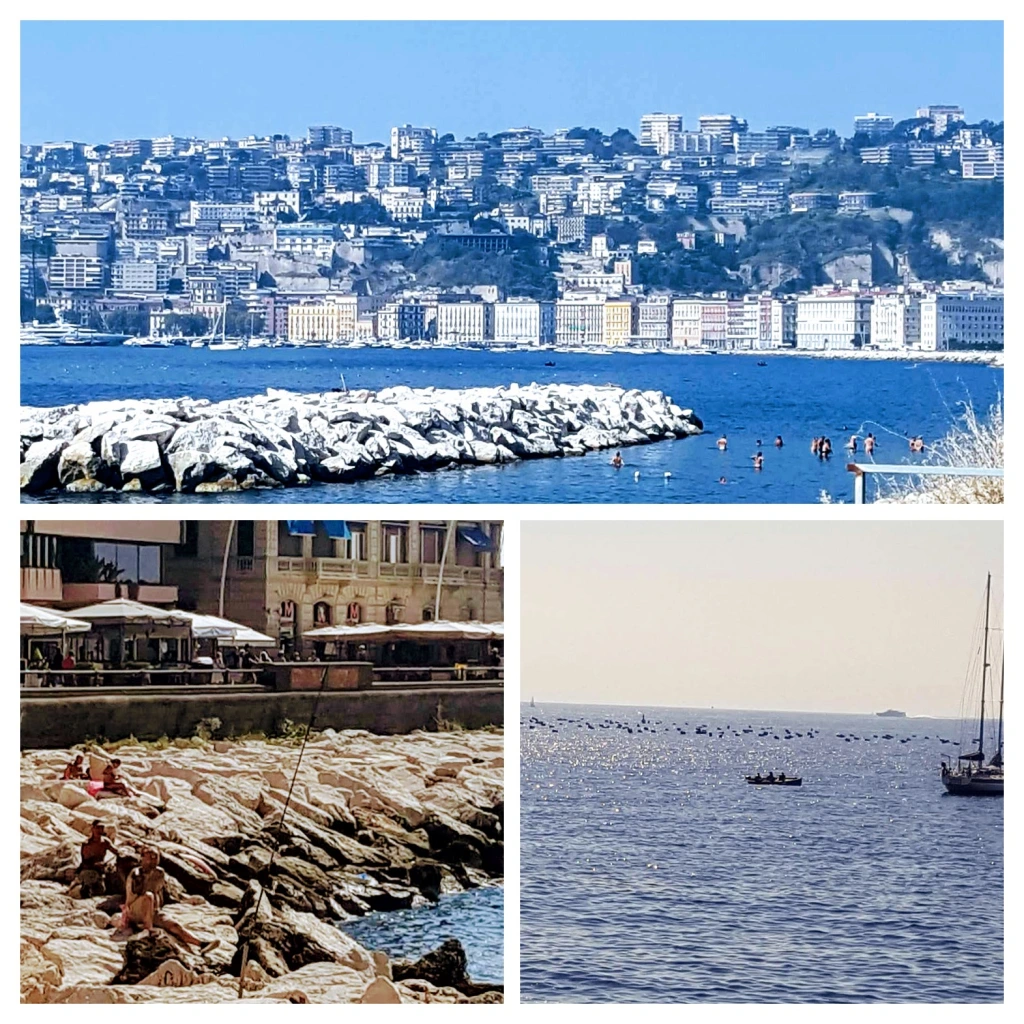



The largest square in Naples is The Piazza del Plebiscito, a pedestrian square with an occasional outdoor concert venue. It was started in the 19th century by King Murat, Napoleon’s brother-in-law in order to dedicate to the emperor. But with the fall of Napoleon and return of the Bourbon rule, Ferdinand I finish the plan and converted the square to the church and dedicated the church to Saint Francis of Paolo who lived at this site in the 15th century when it was a monastery.
The Church of St. Francis of Paolo like the St Peter’s Basilica has colonnades forming a semicircle around the square. The two equestrian bronze statues in front are of the bourbon Kings, Charles III and Ferdinand IV.
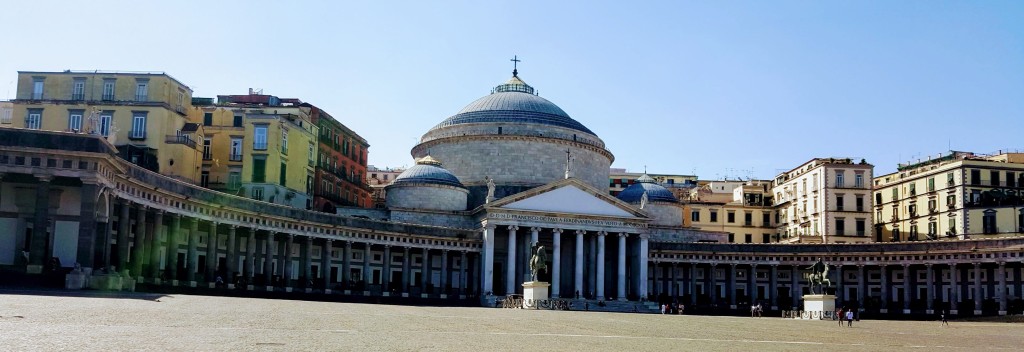
Opposite the Church of St. Francis of Paolo on the other side of the Piazza del Plebiscito is the Royal Palace of Naples. The construction started in the 17th century by Domenico Fontana not until 1734 King Charles III of Spain made it the Royal Palace. Modification and additions continued until the royal family moved to the Palace in Caserta away from the Bay of Naples and away from the danger of a naval invasion.


Flank by both sides to complete the square is the Palace of Salerno because it was the private residence of Prince of Salerno, son of Ferdinando IV, and its mirror image Palace of Prefecture, the residence of the Palace Minister.
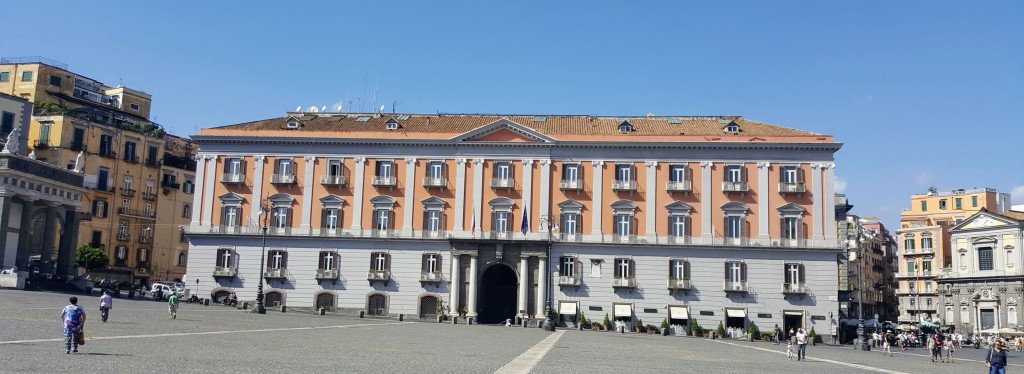

The Castel Sant’Elmo is a star shape medieval fortress around 1329 and is in a strategic position to overlook the entire city. The Certosa di San Martino was a Carthusian monastery complex but in the 19th century, it was abandoned. Today it is a museum that displays Spanish and Bourbon artifacts. Most noted is the ” Nativity scene “.
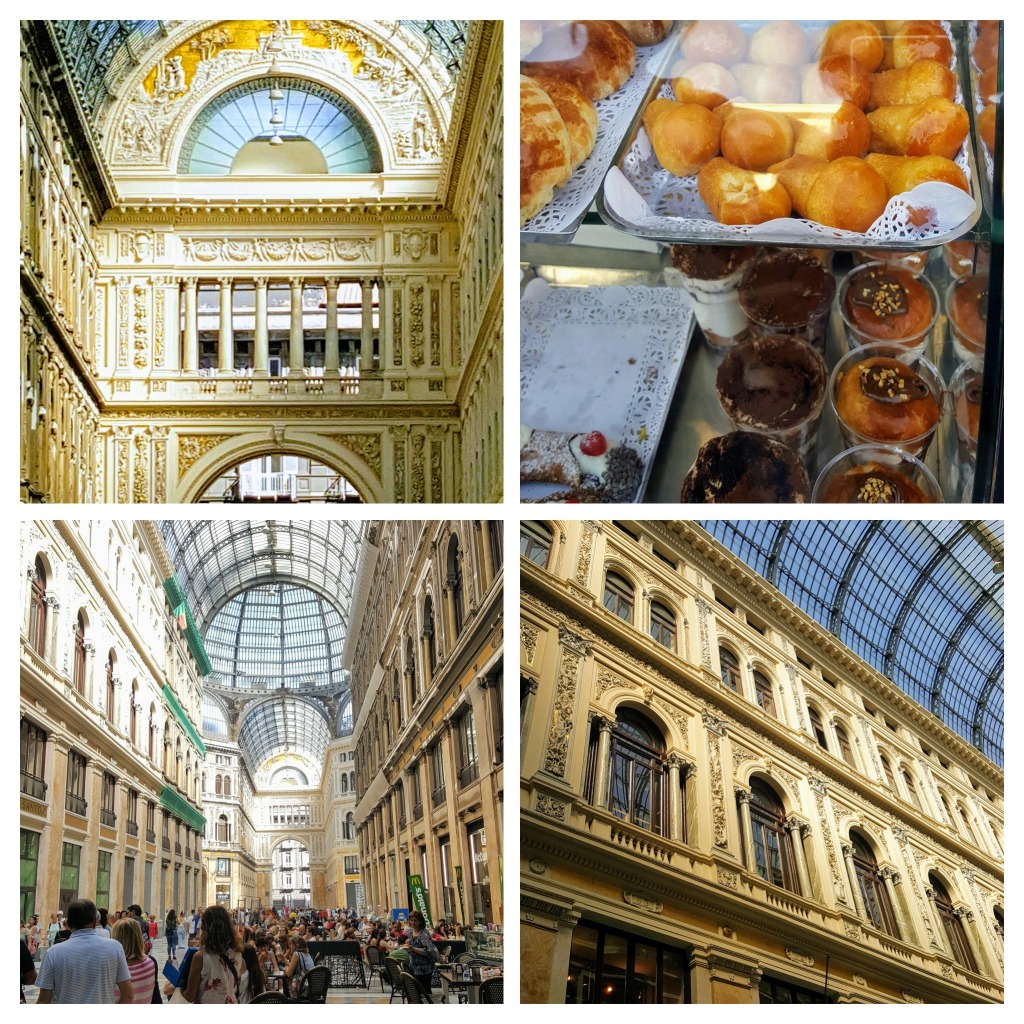
Noted: Impressive lemon sherbert served in the lemon cup, made from the halved lemon rind of the size of a fist, certainly quenched the thirst from the heat.





